Rhino Run Gallery - Racing 2750km from South Africa's Western Cape to Namibia
From rolling hills and wine regions to dry hot deserts and challenging mountains

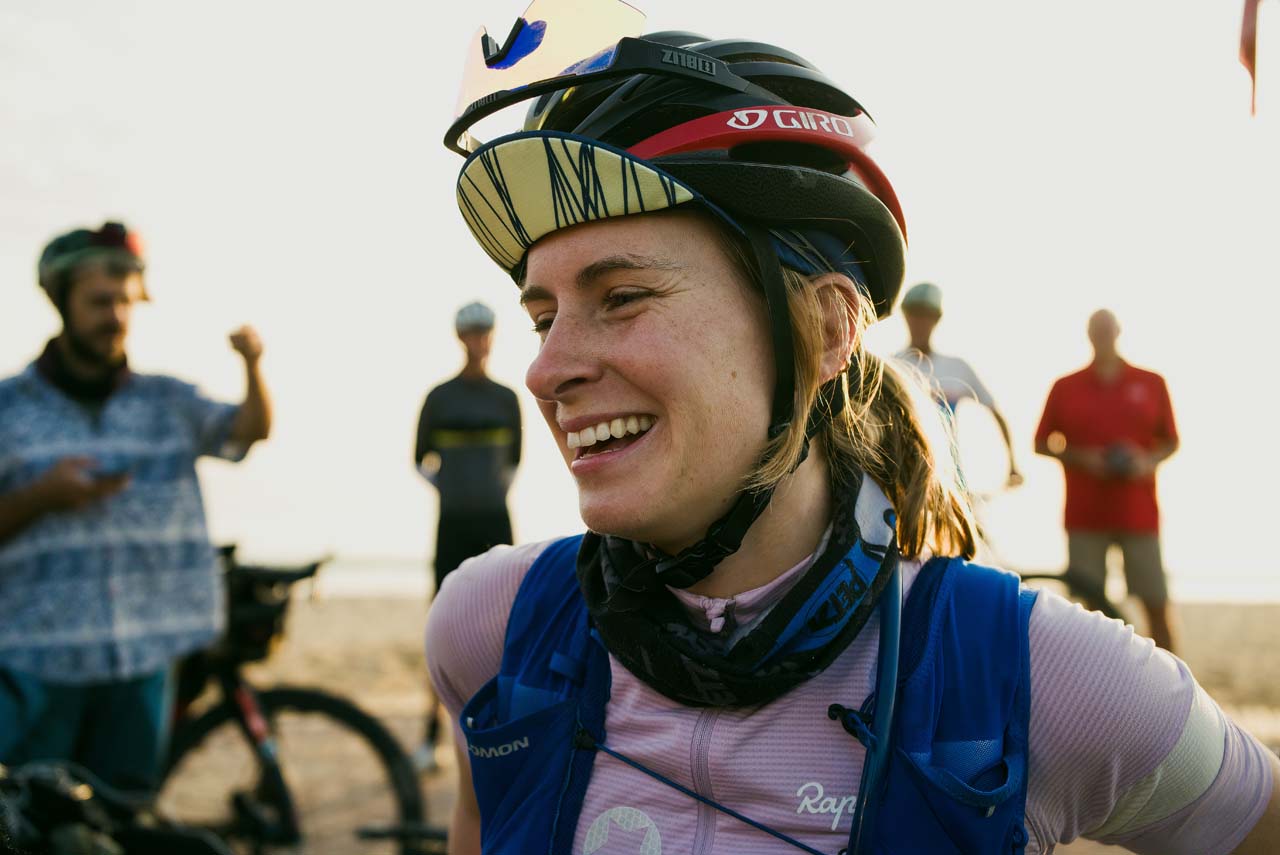
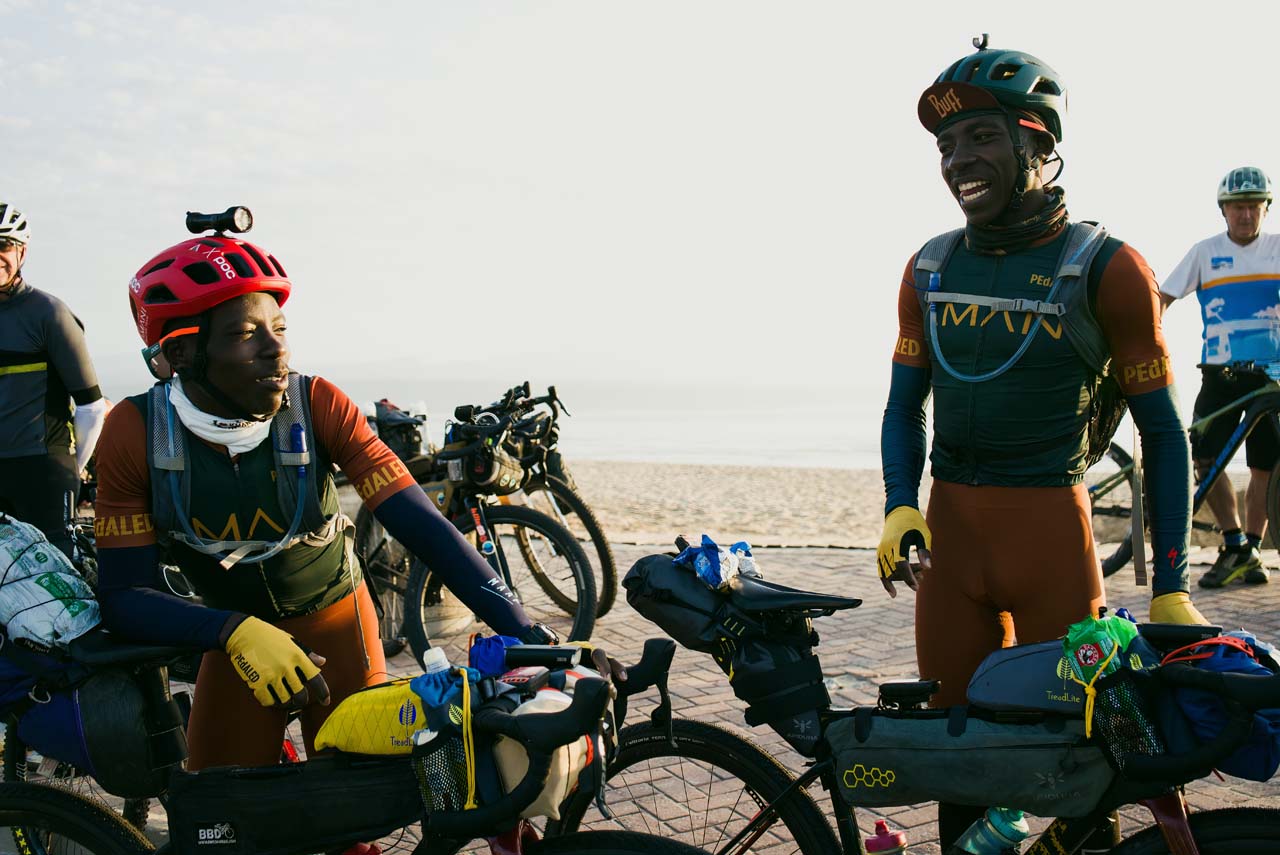
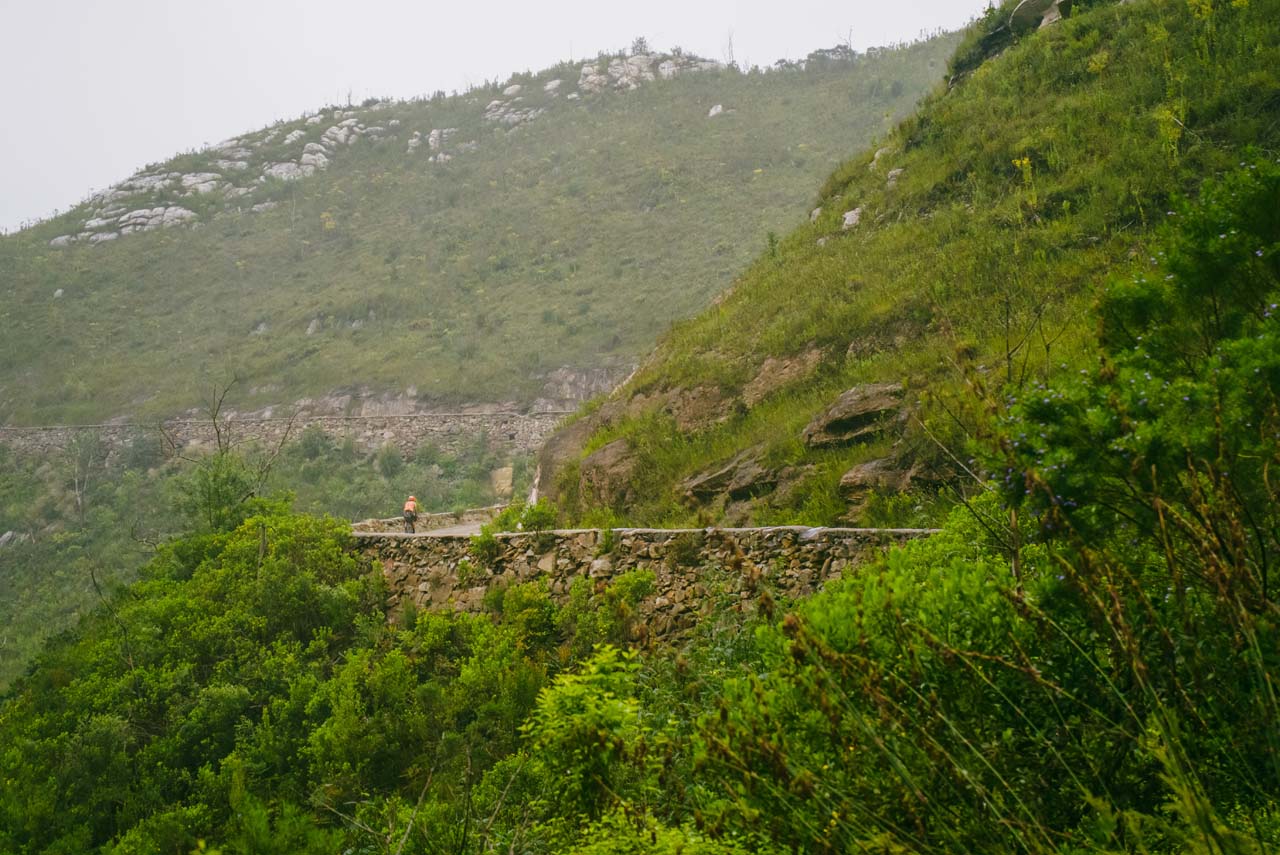
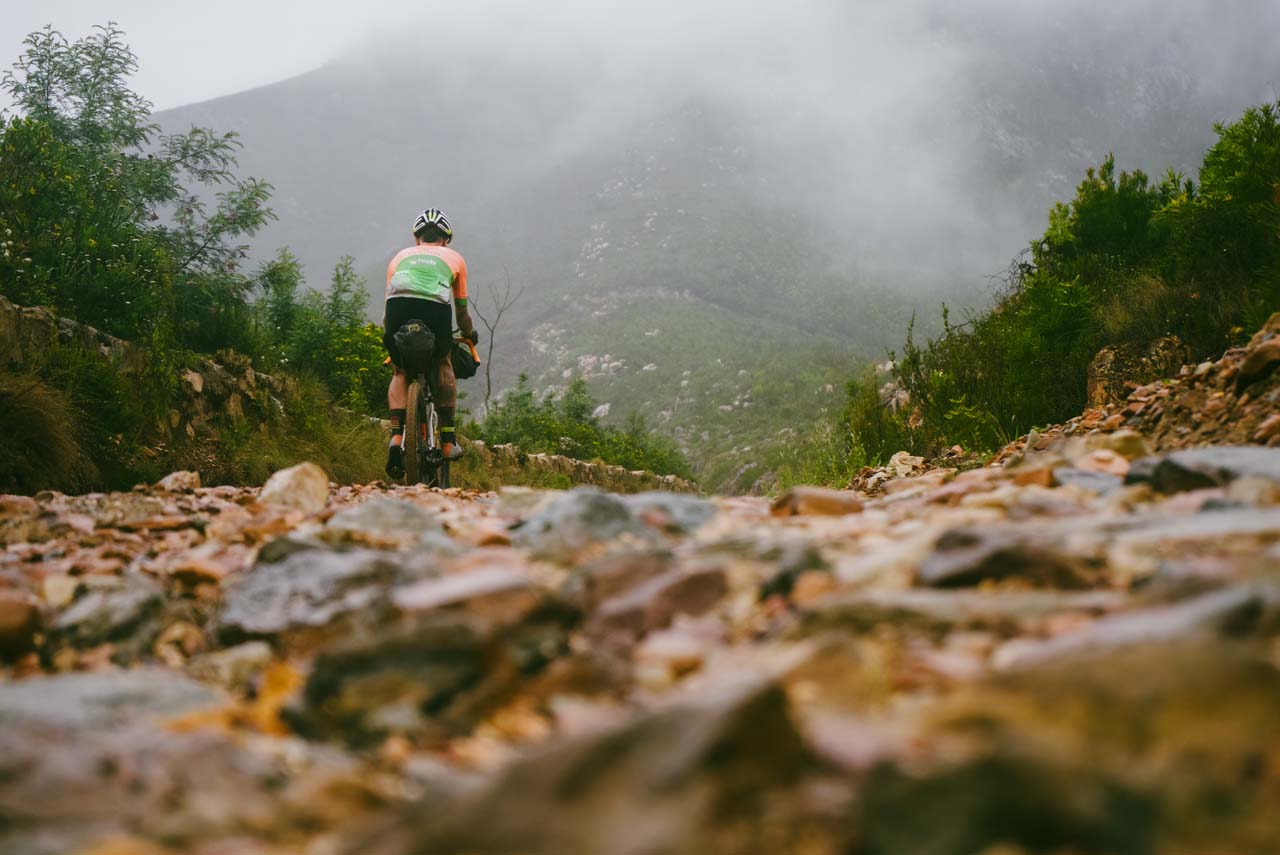
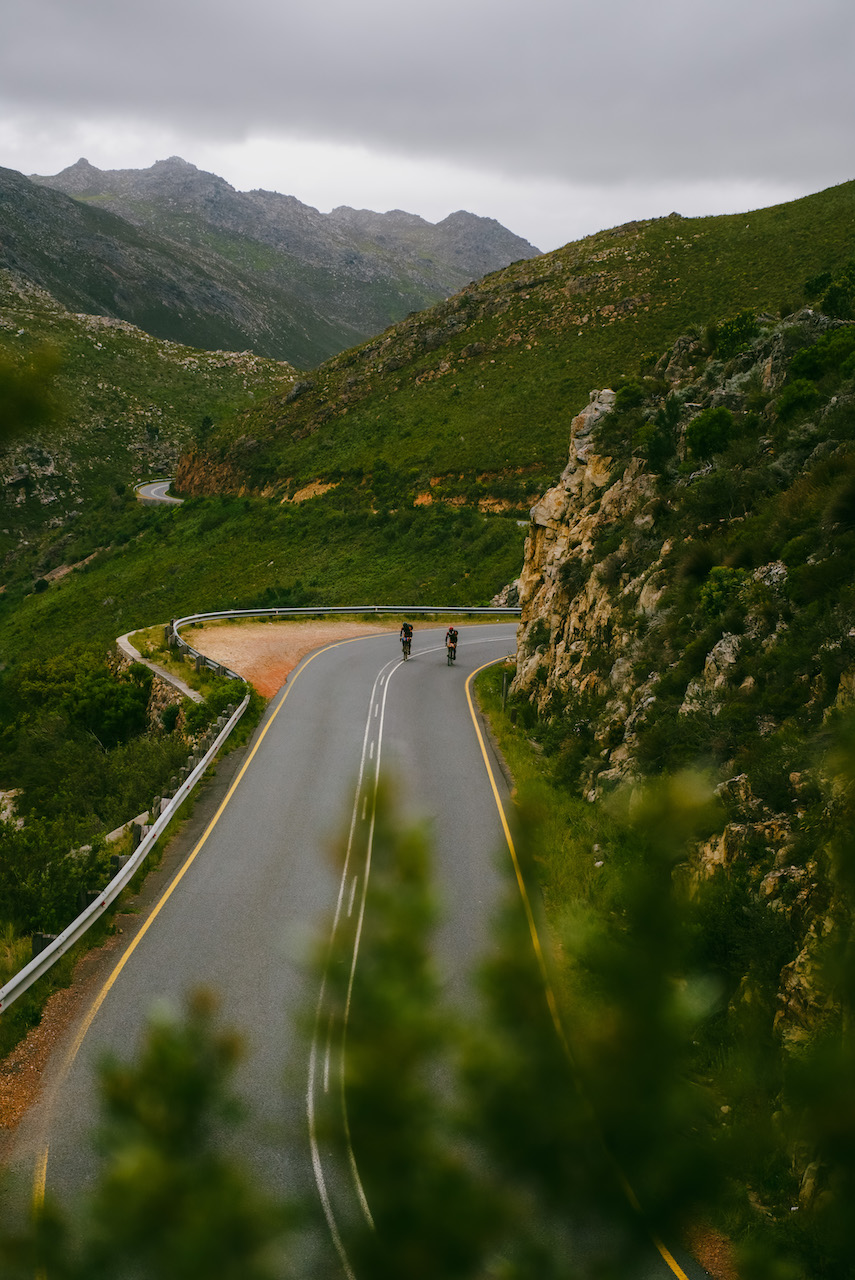
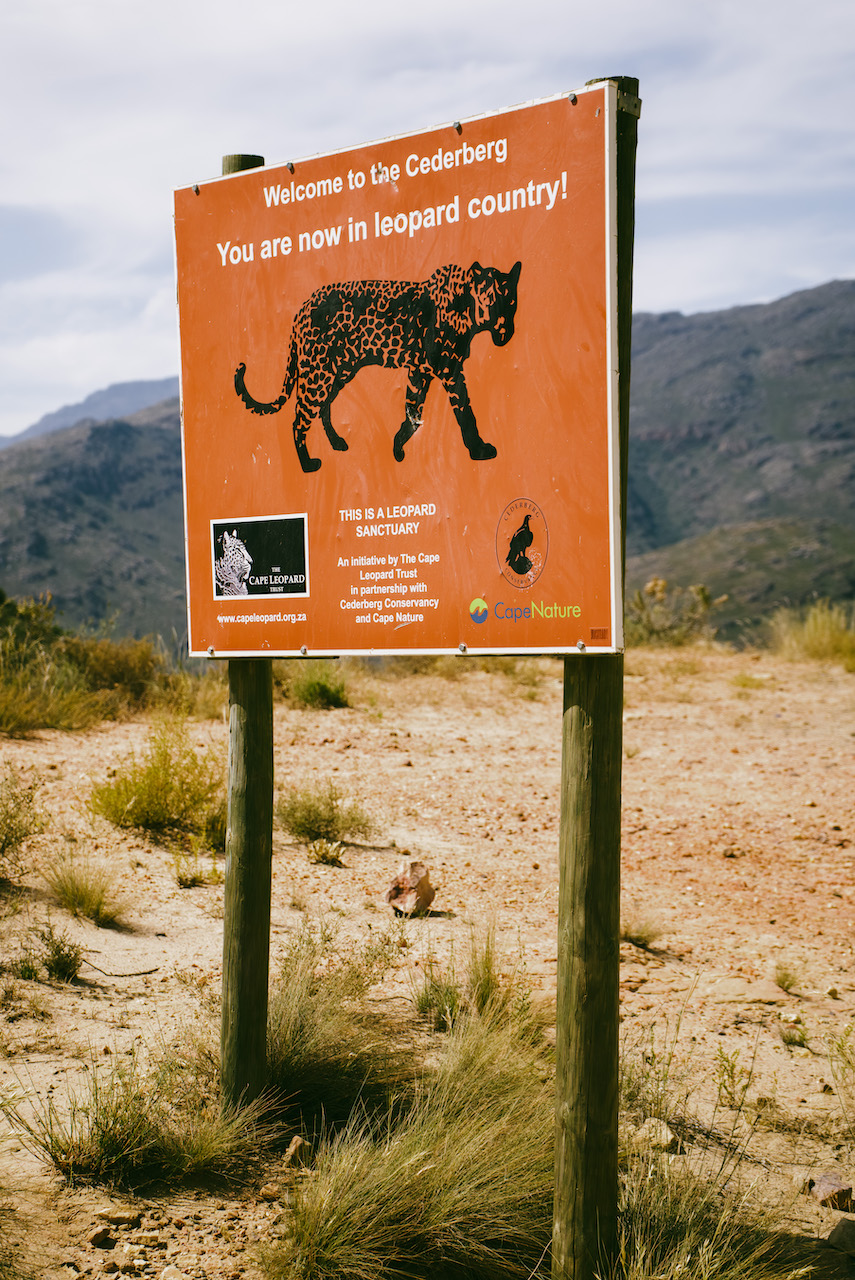
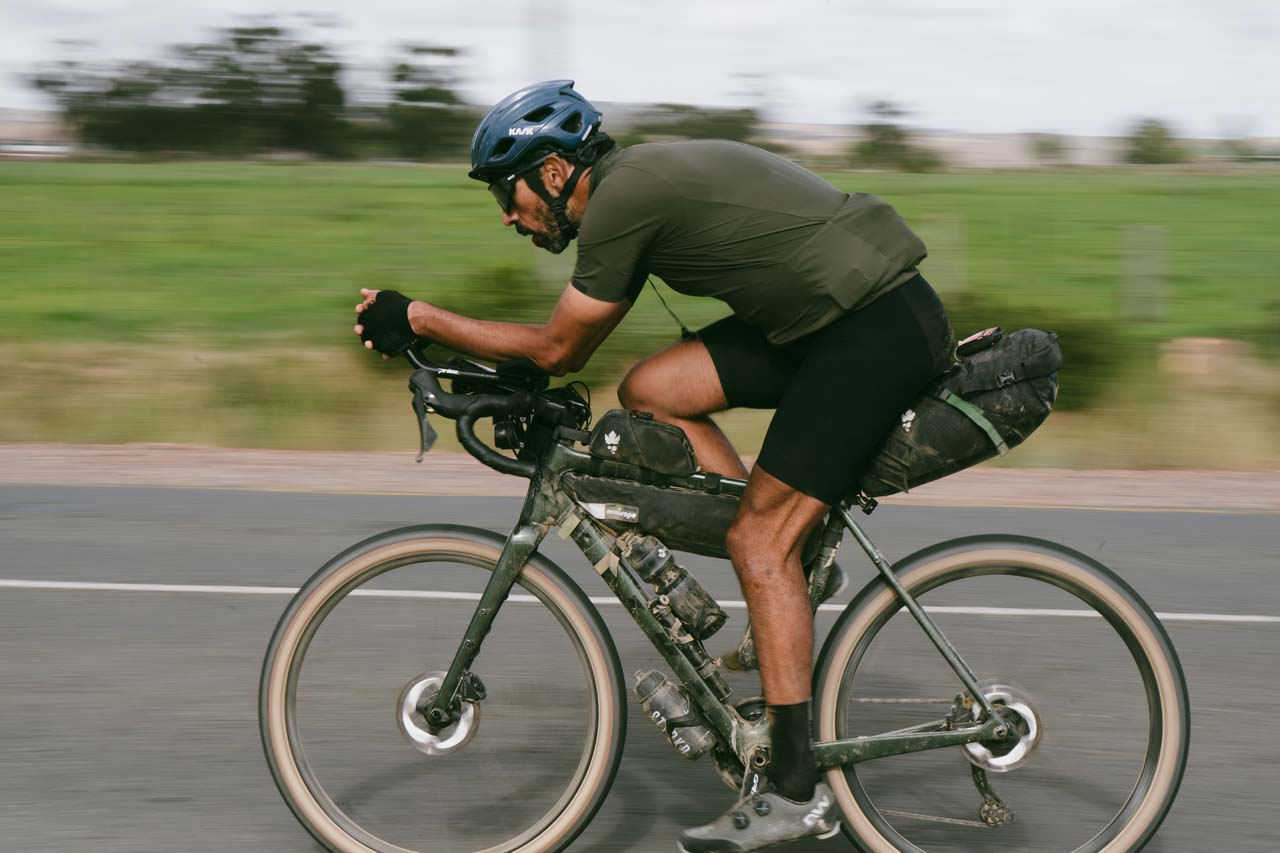
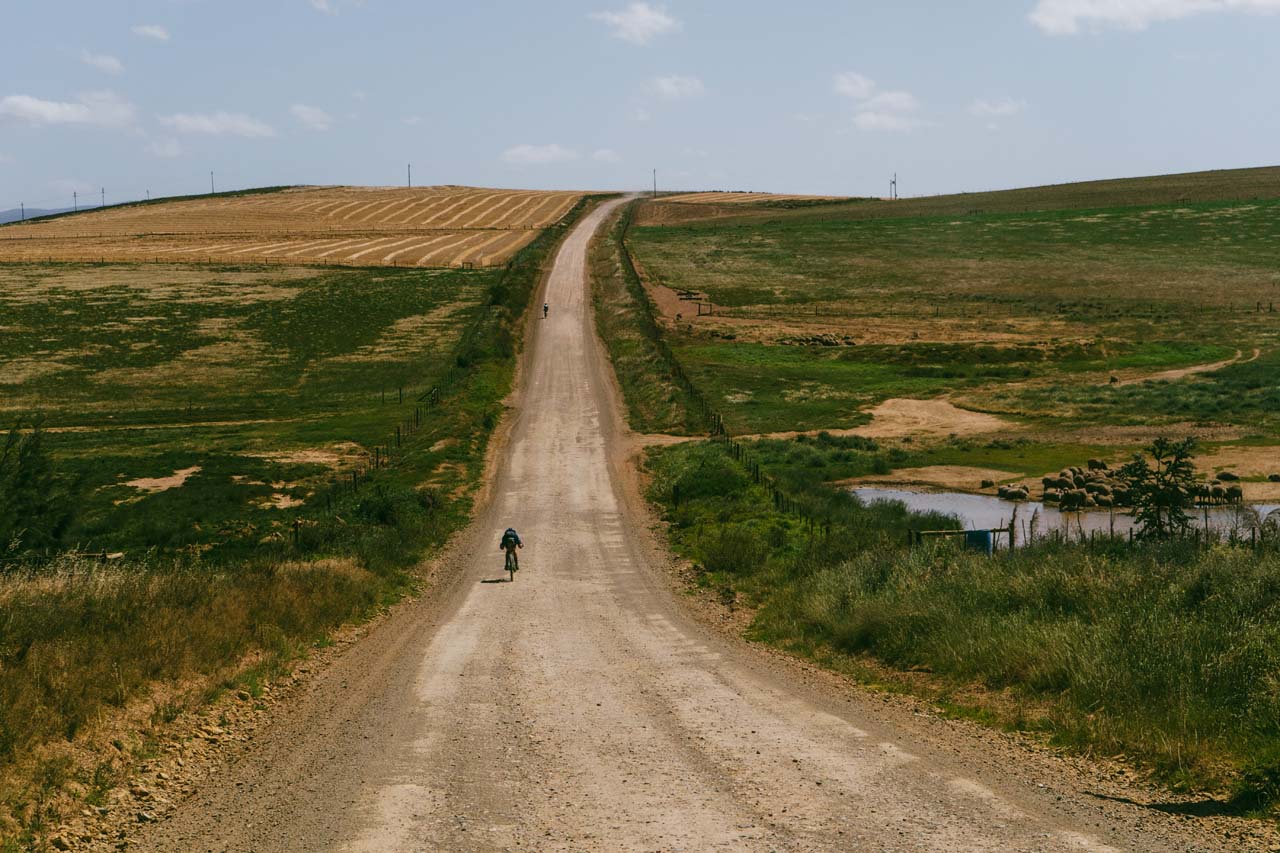
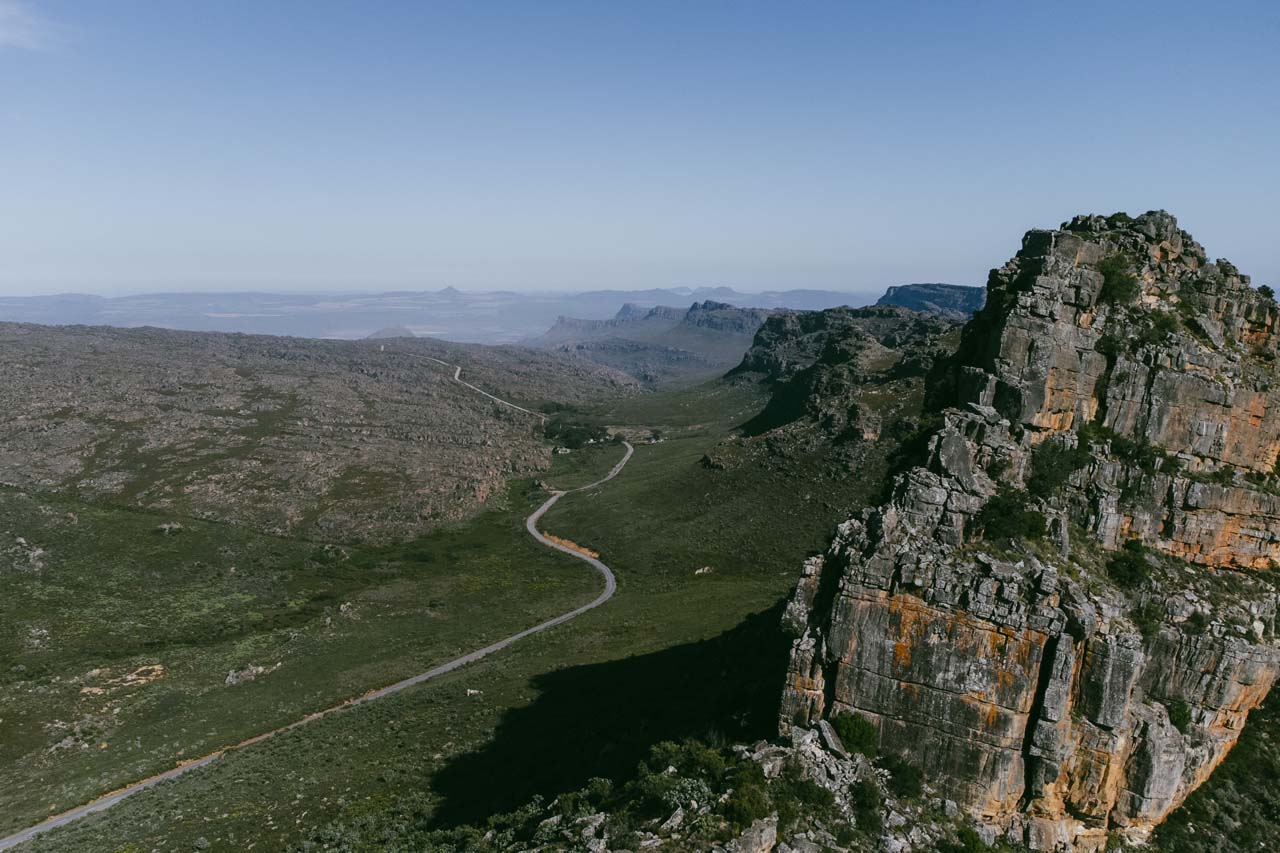
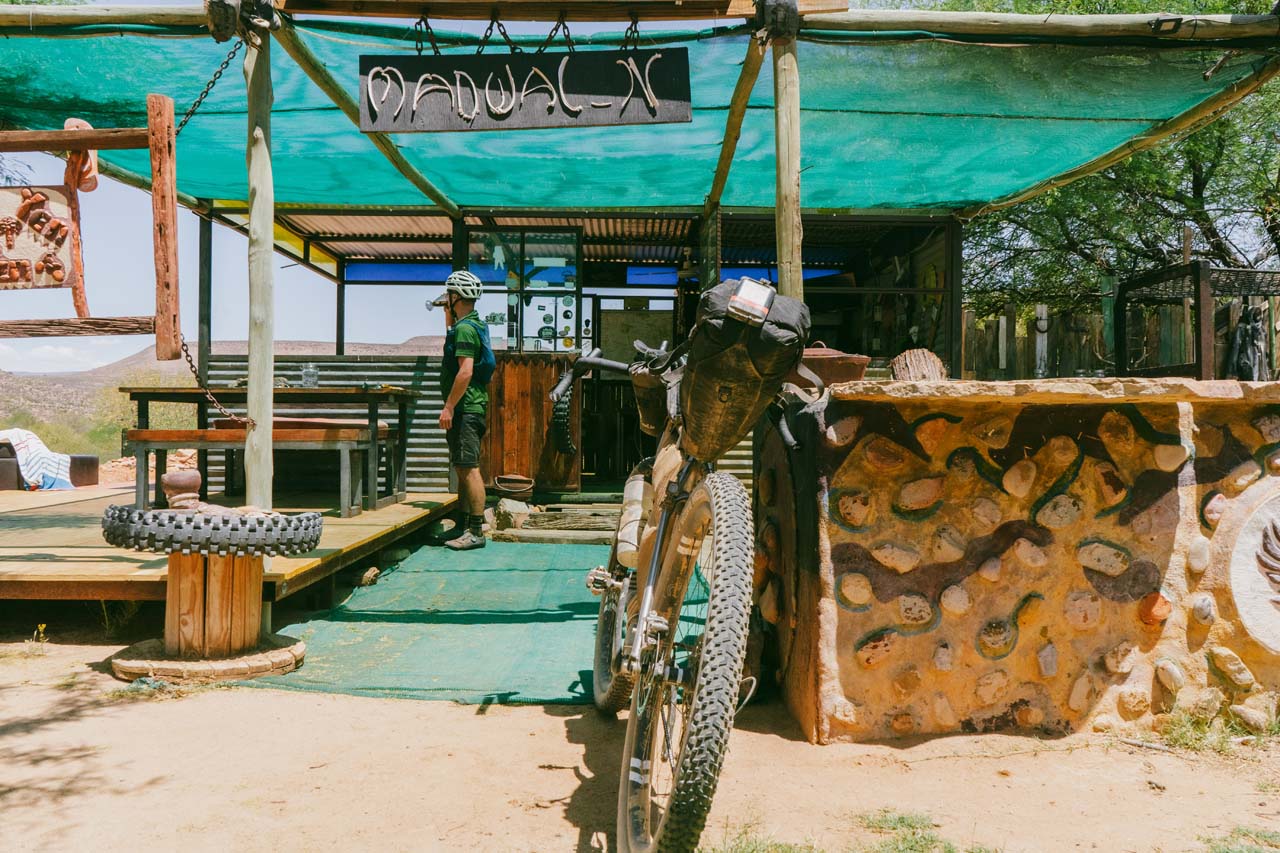
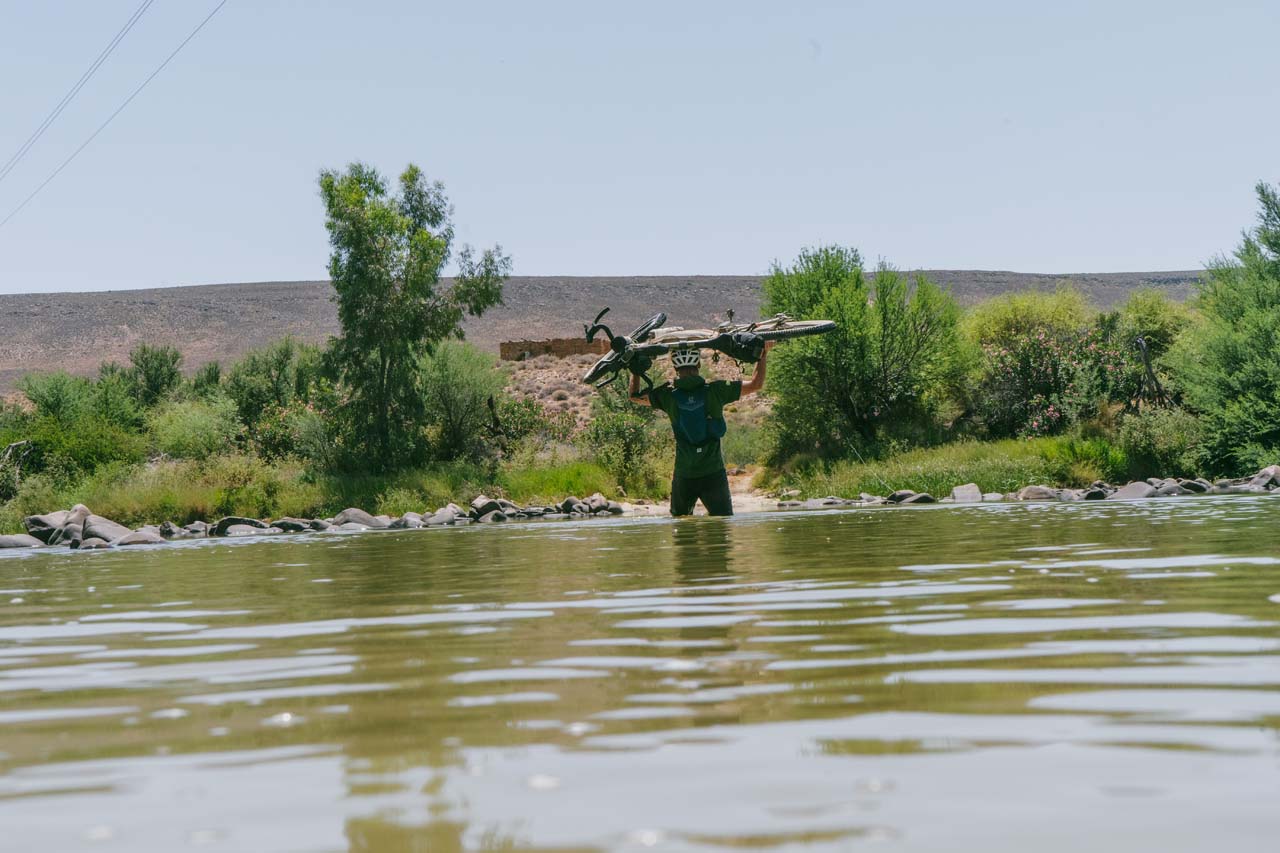

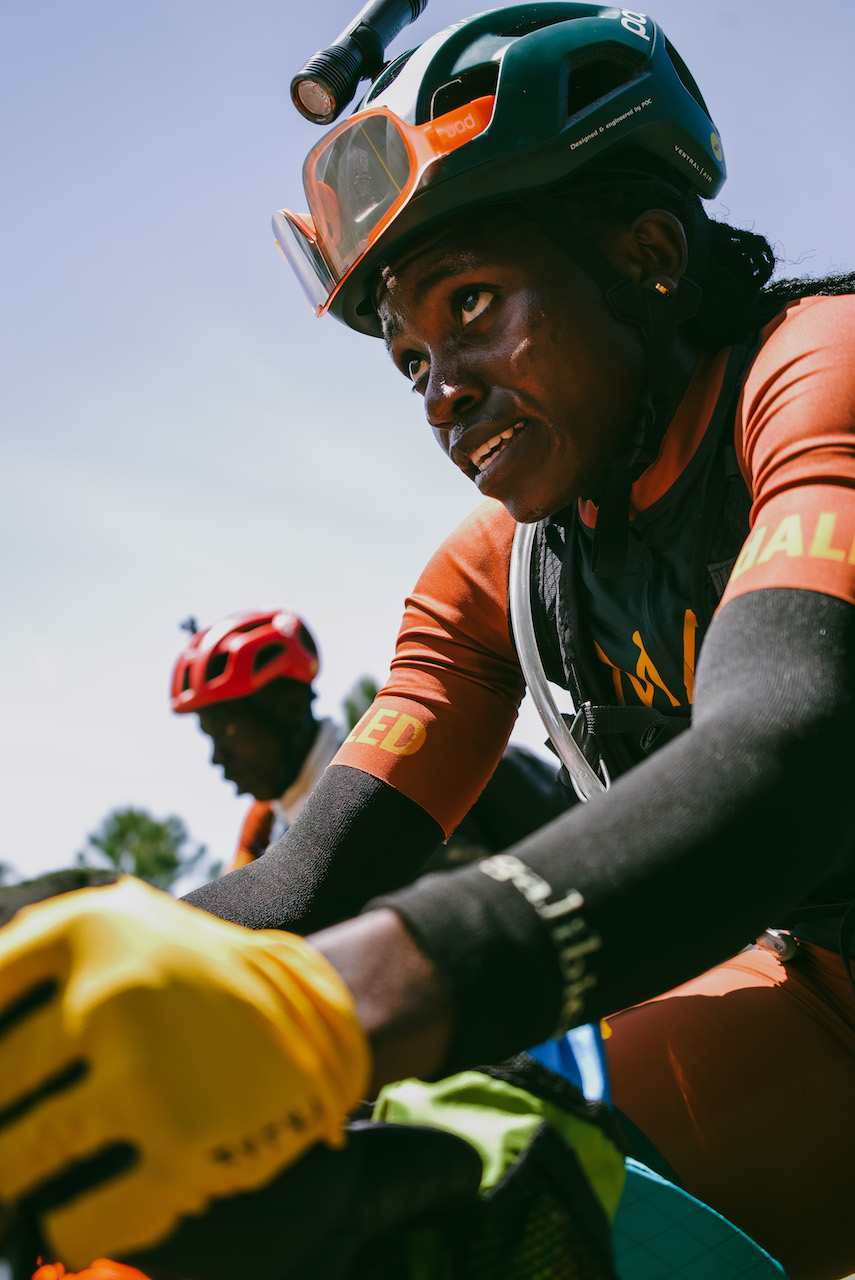
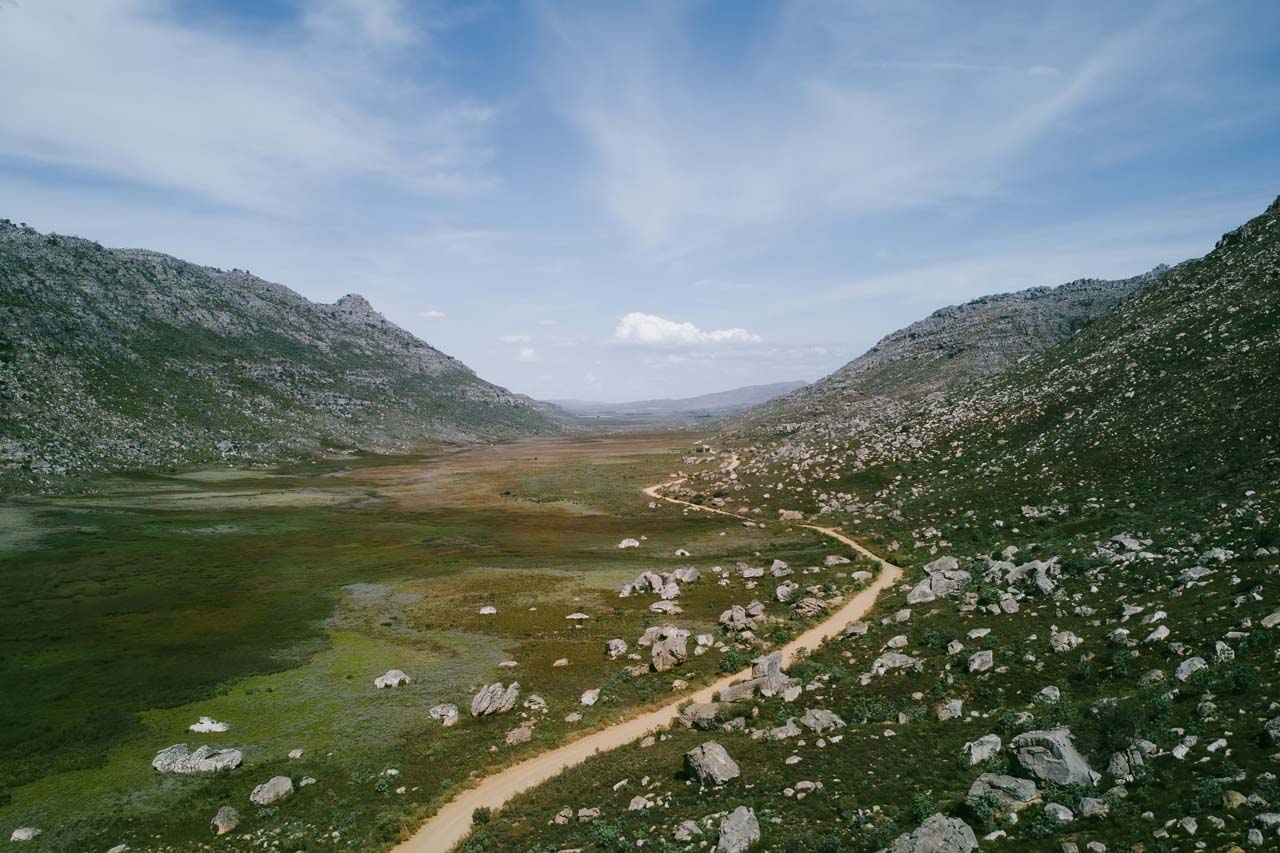
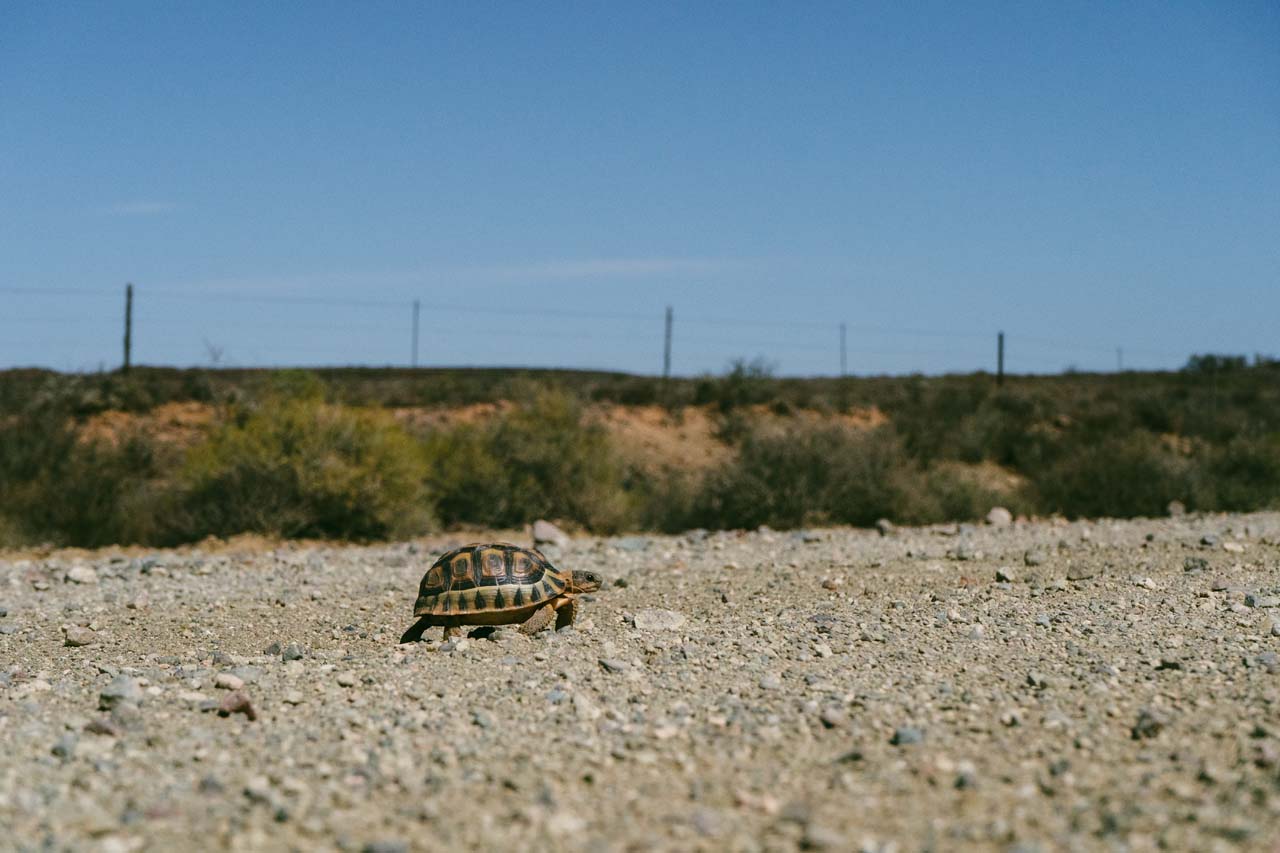
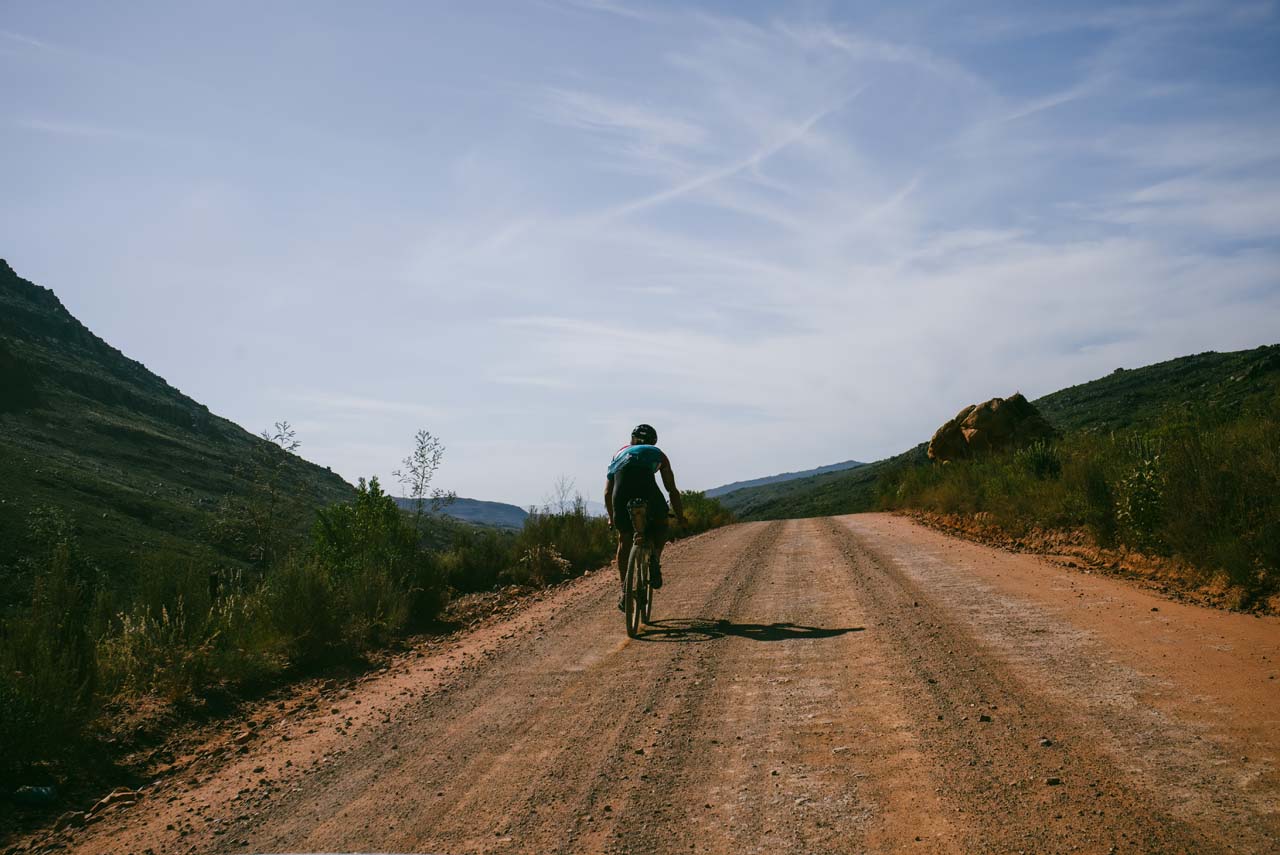
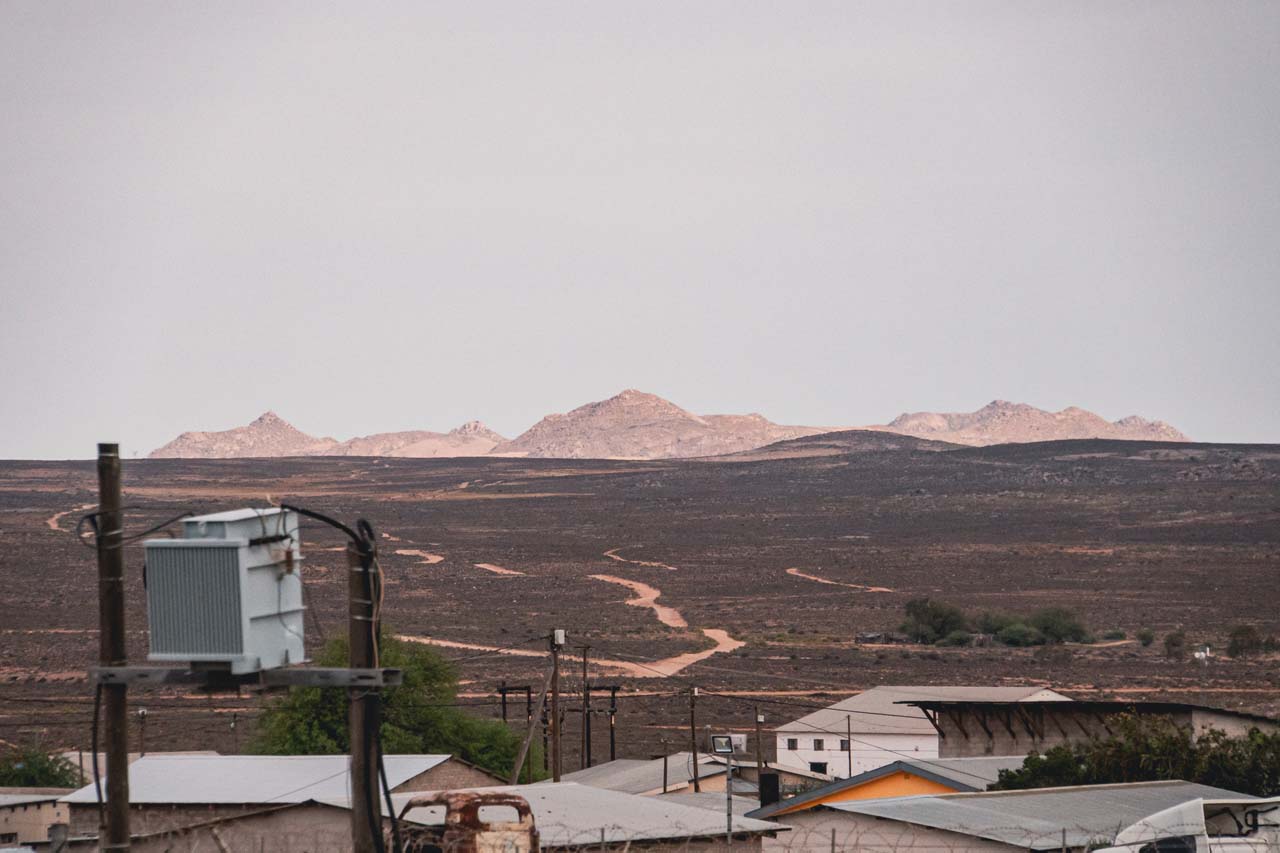
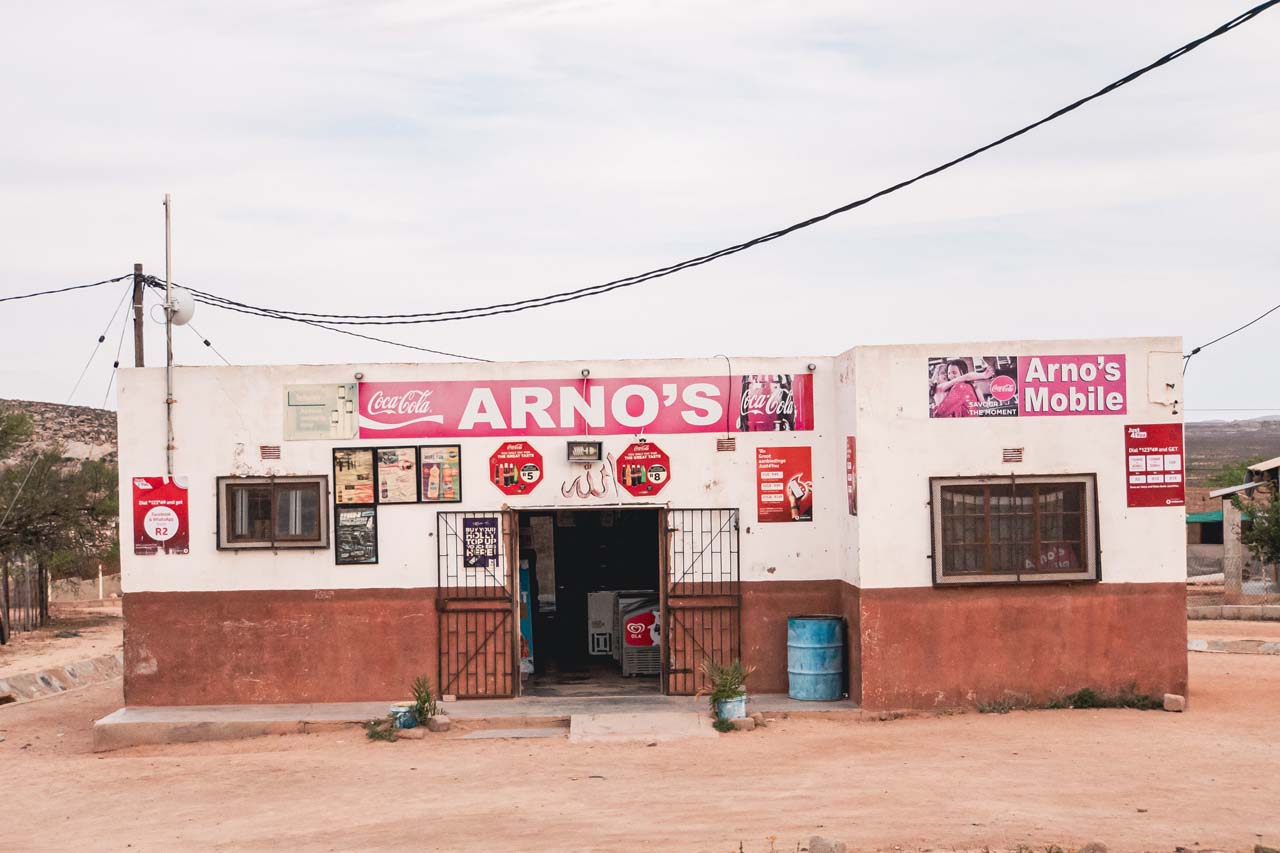
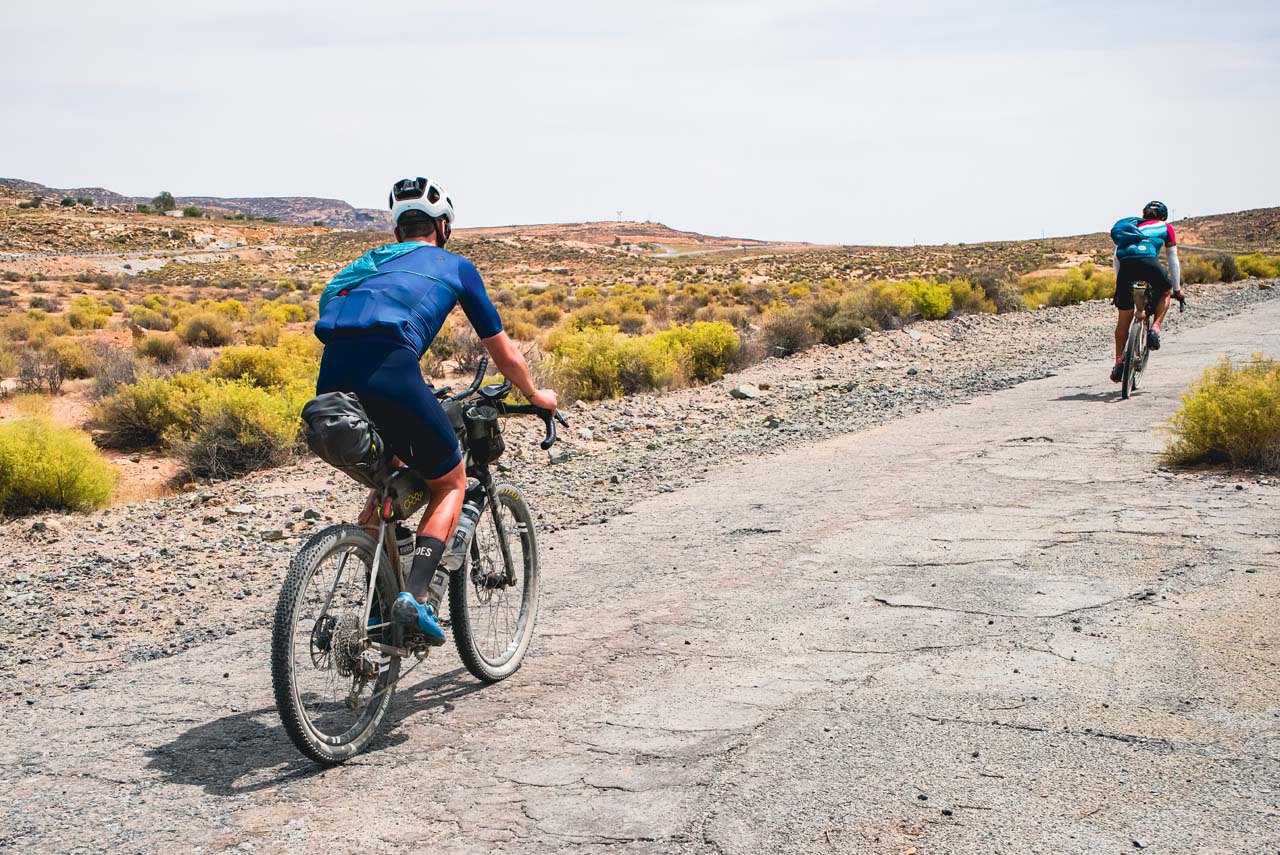
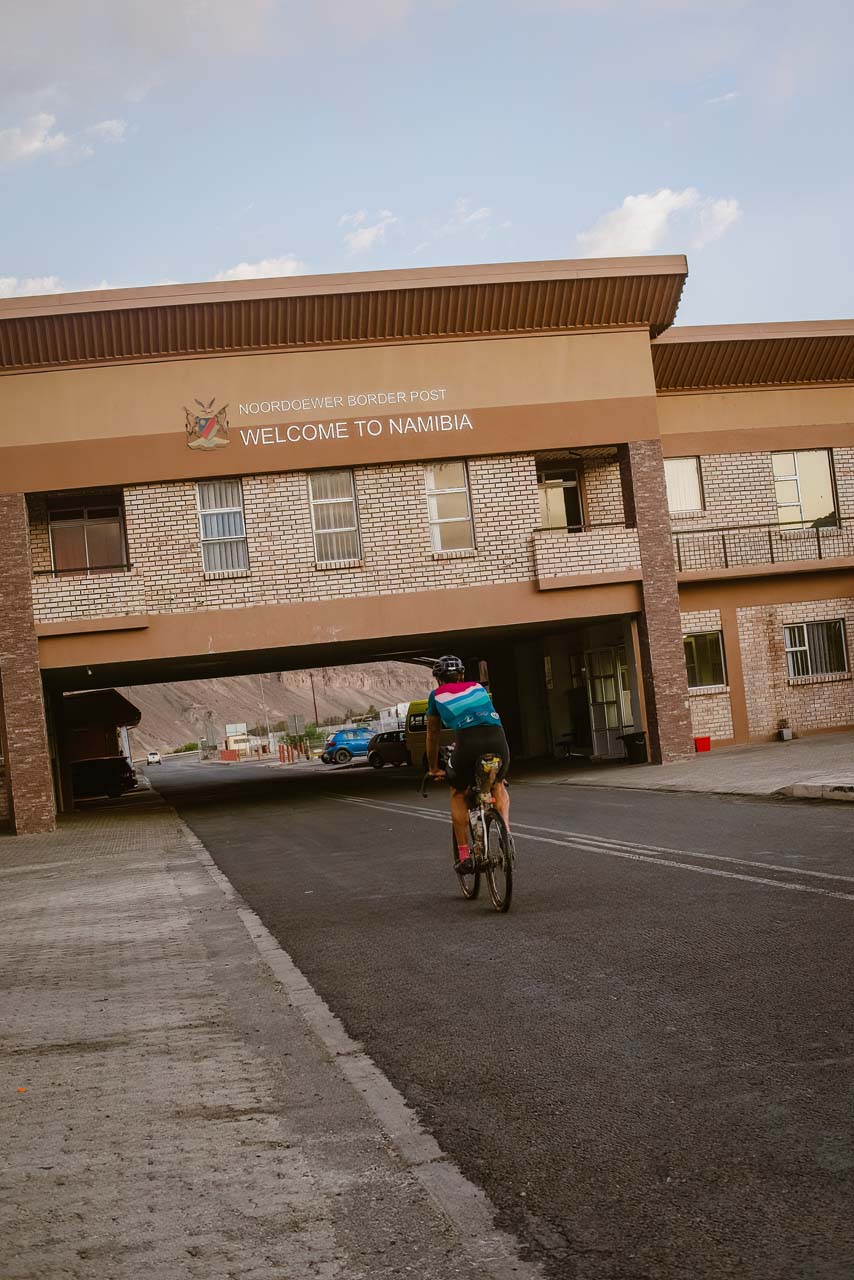
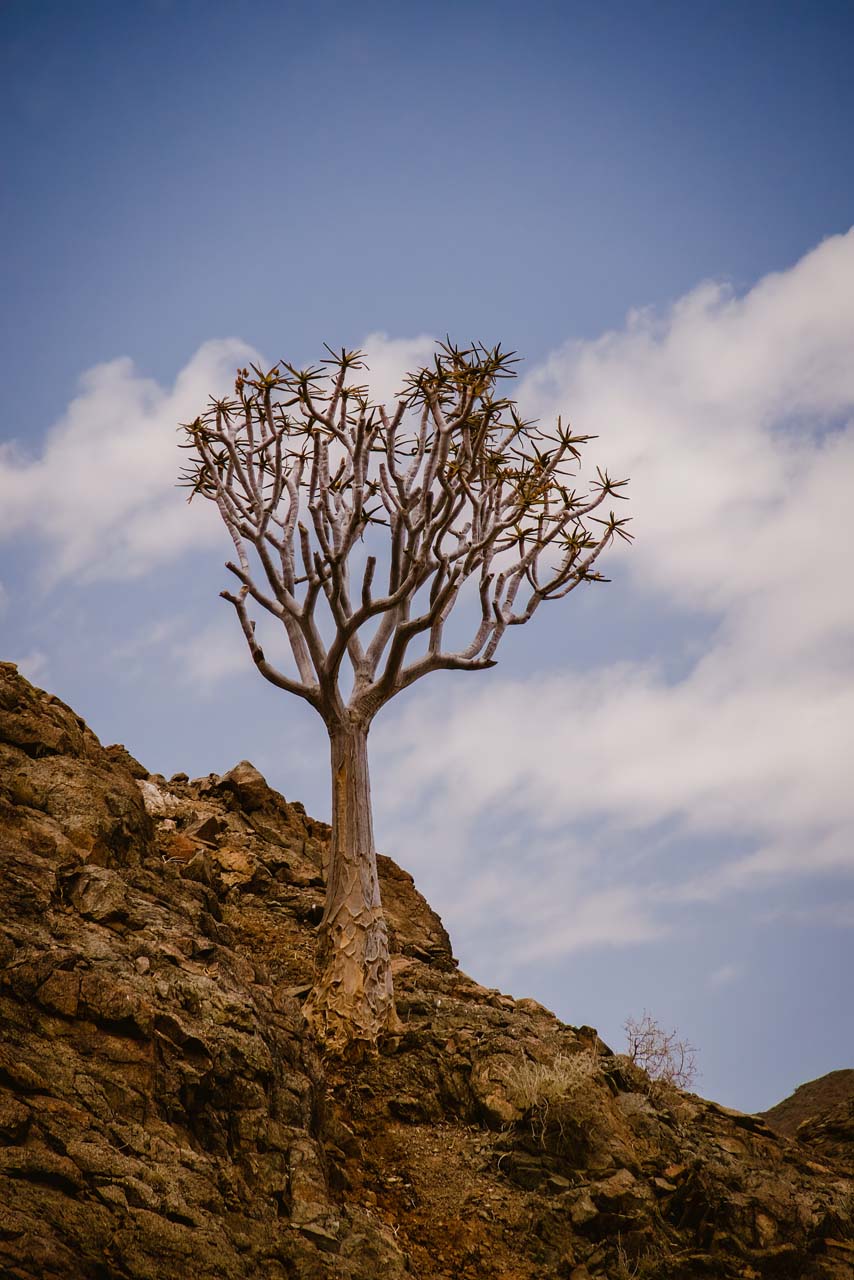
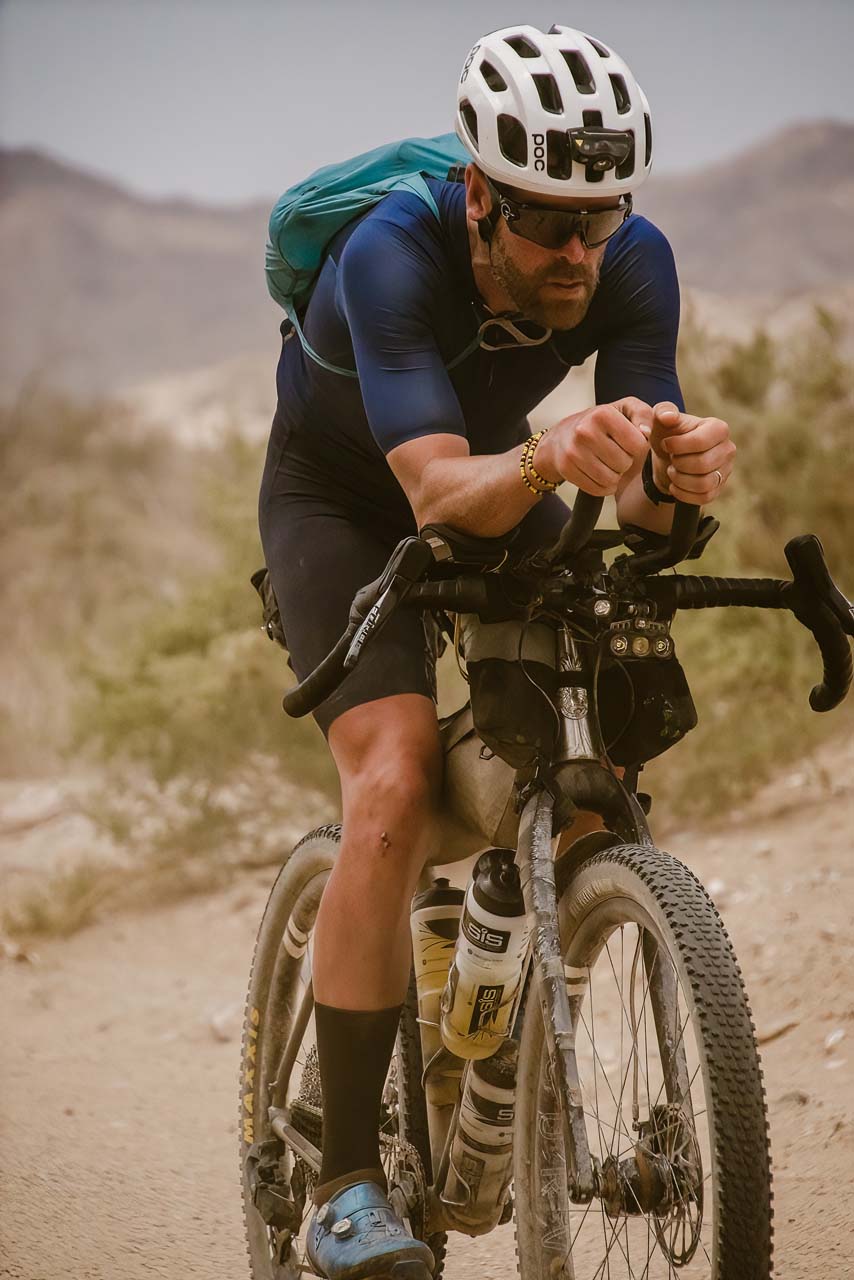
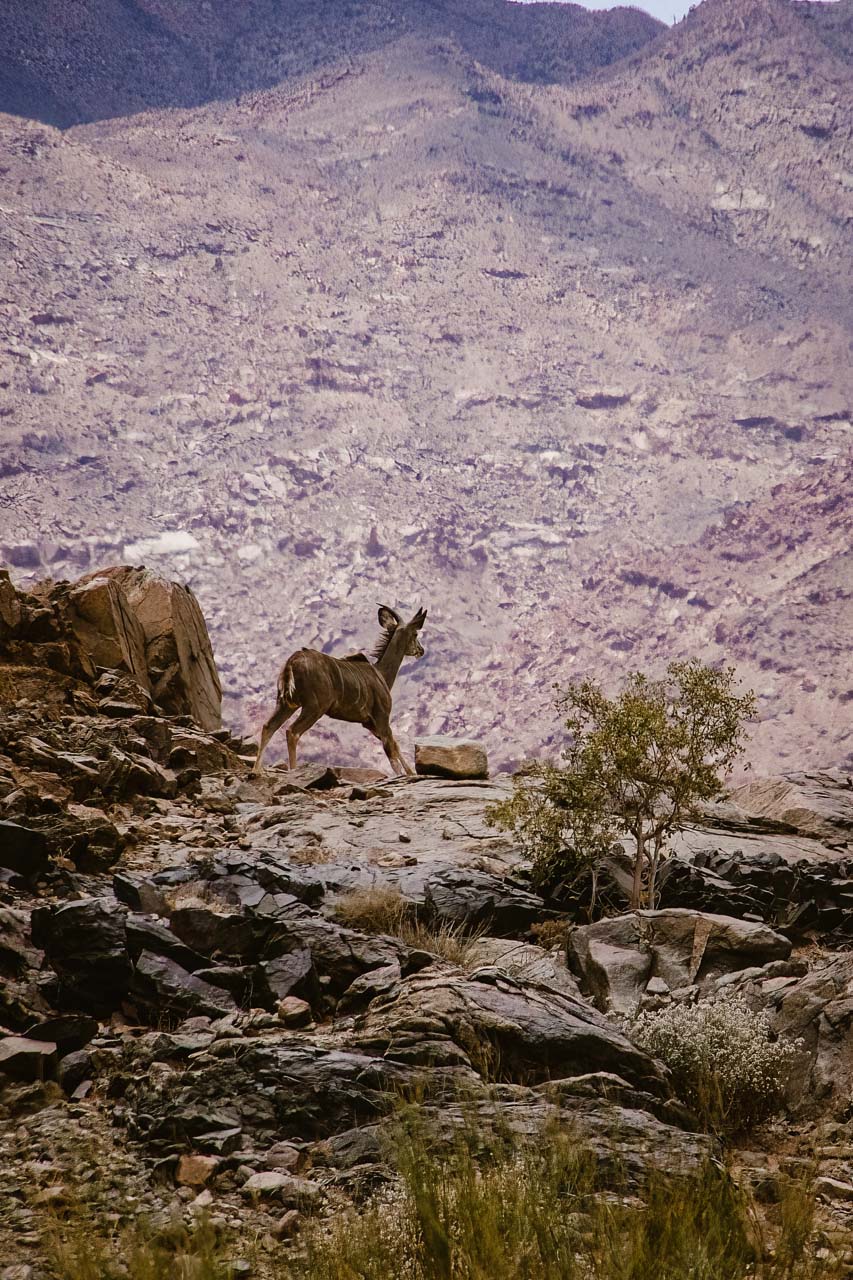
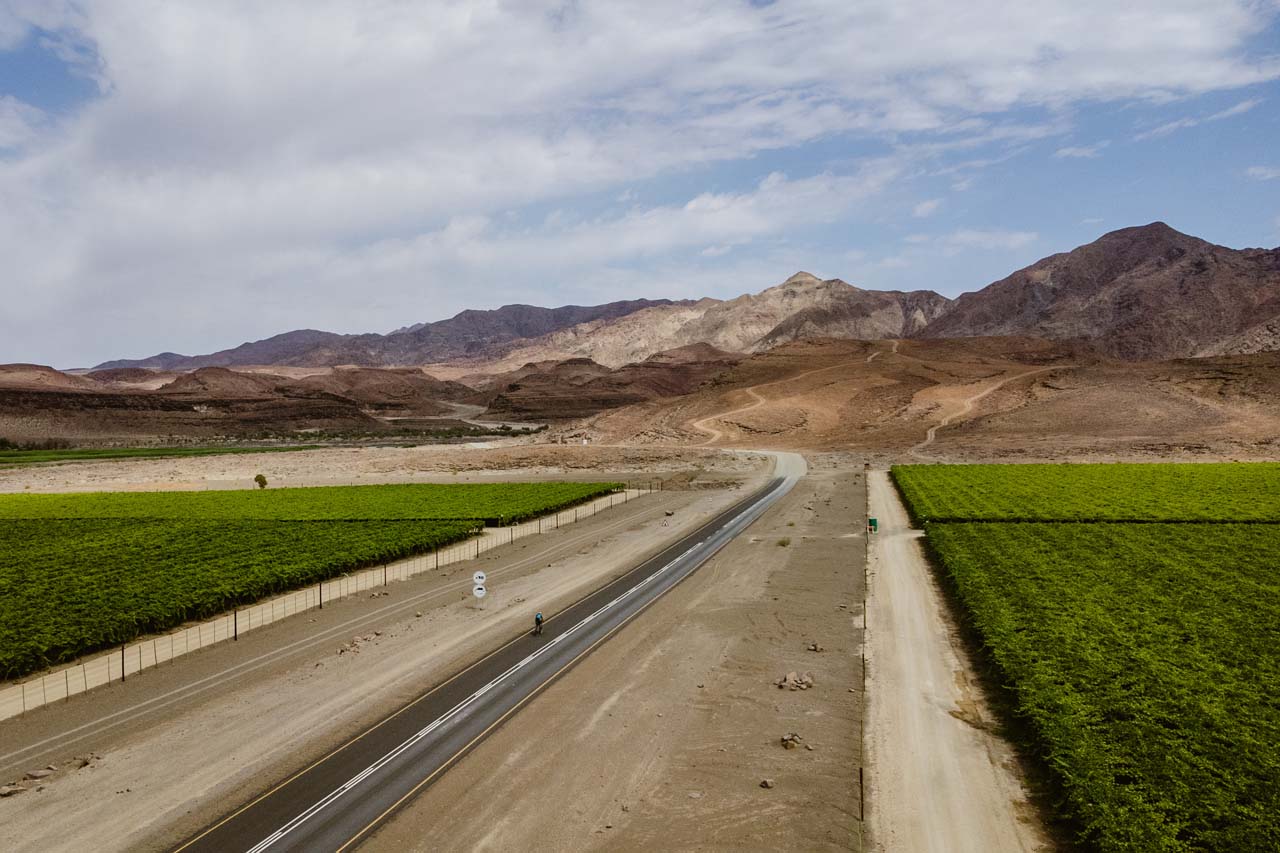
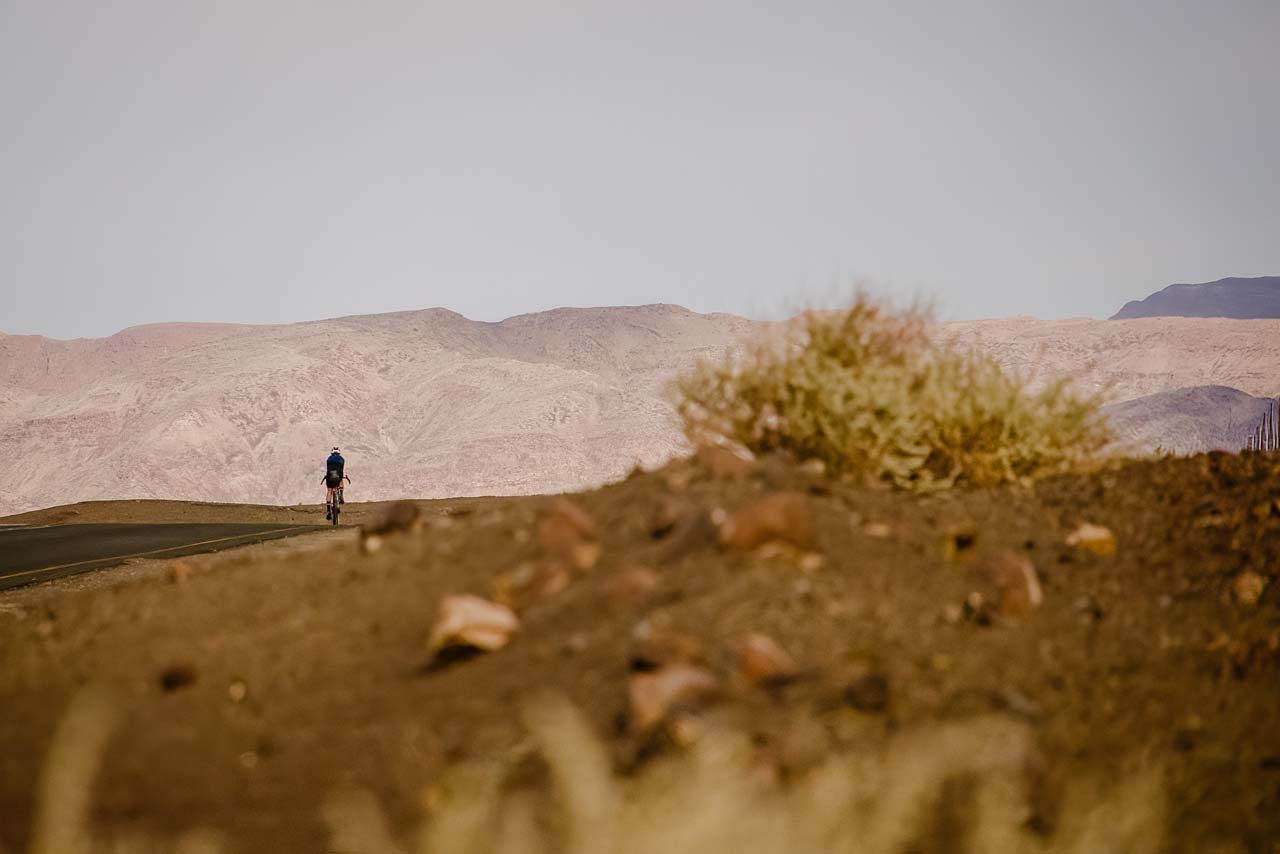
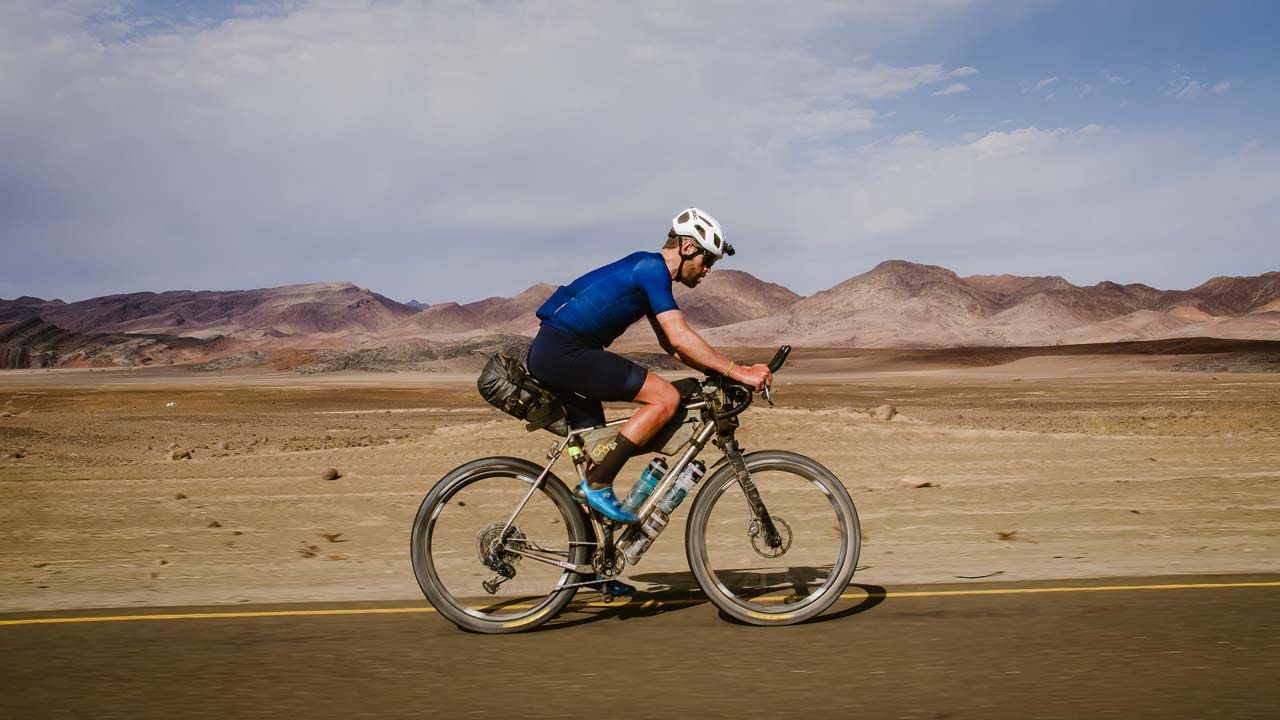
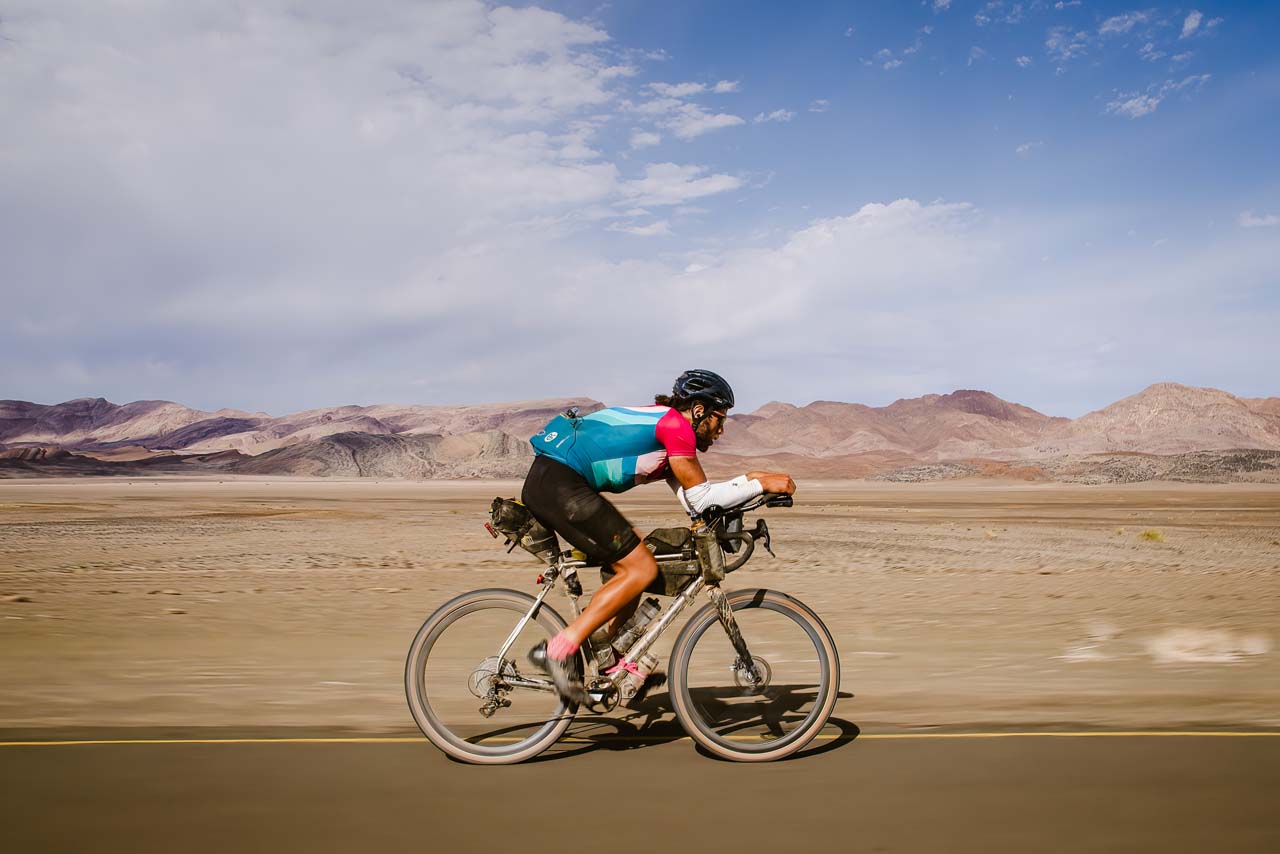
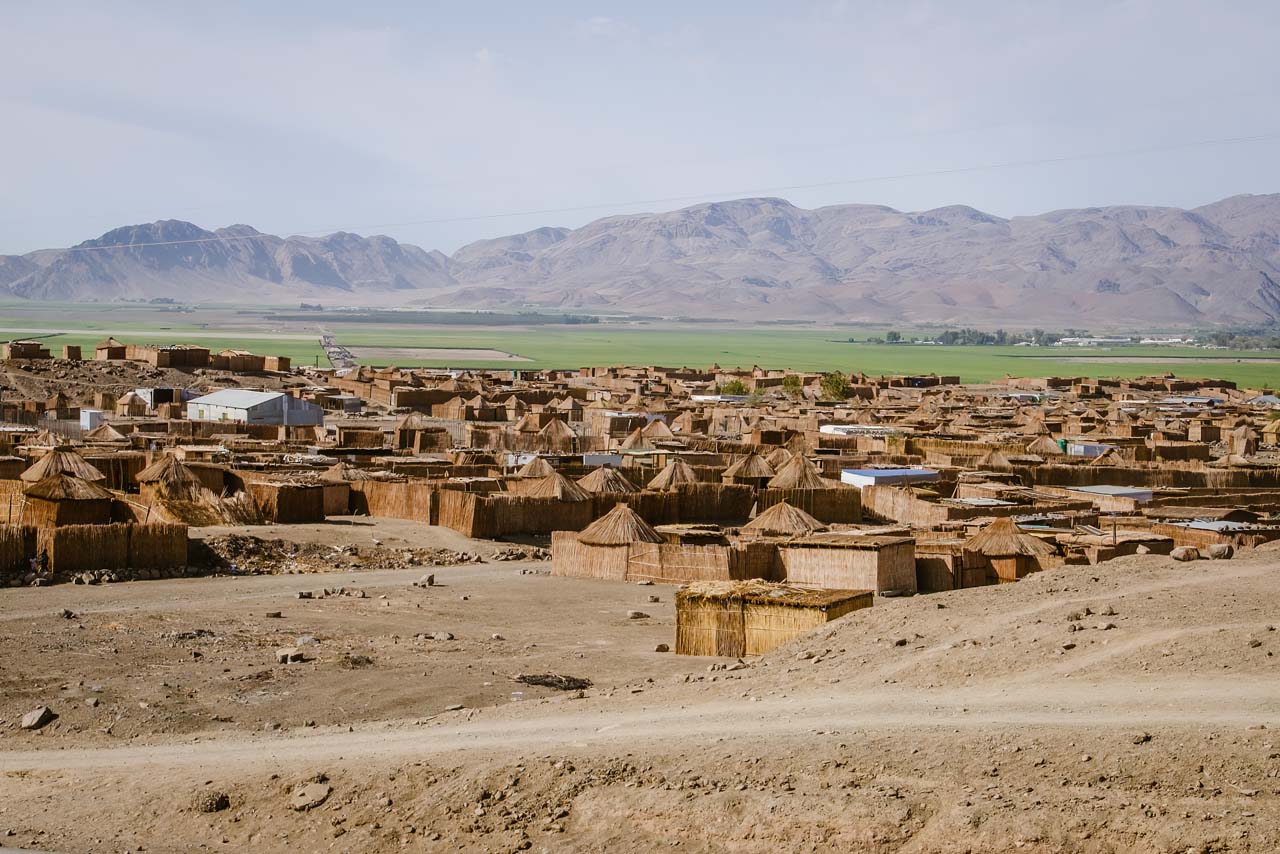
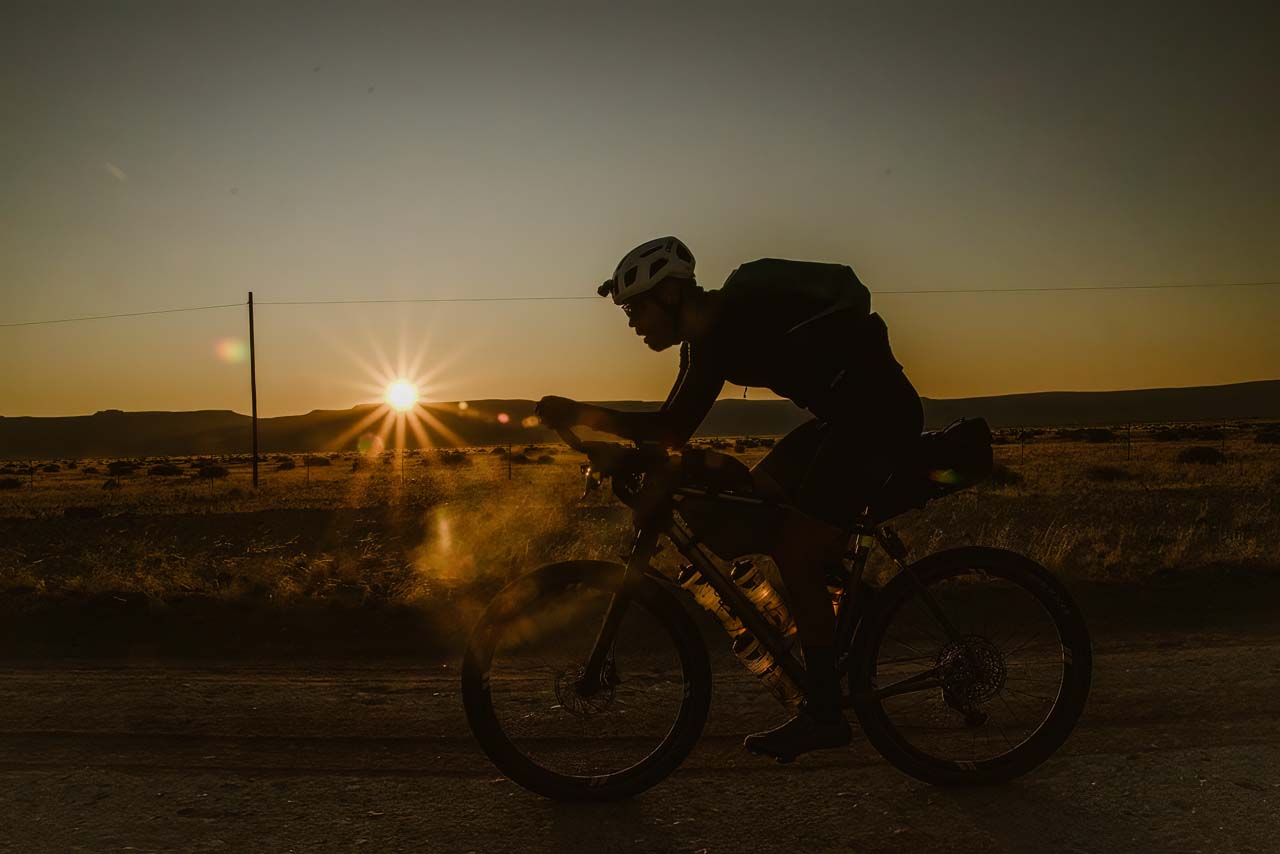
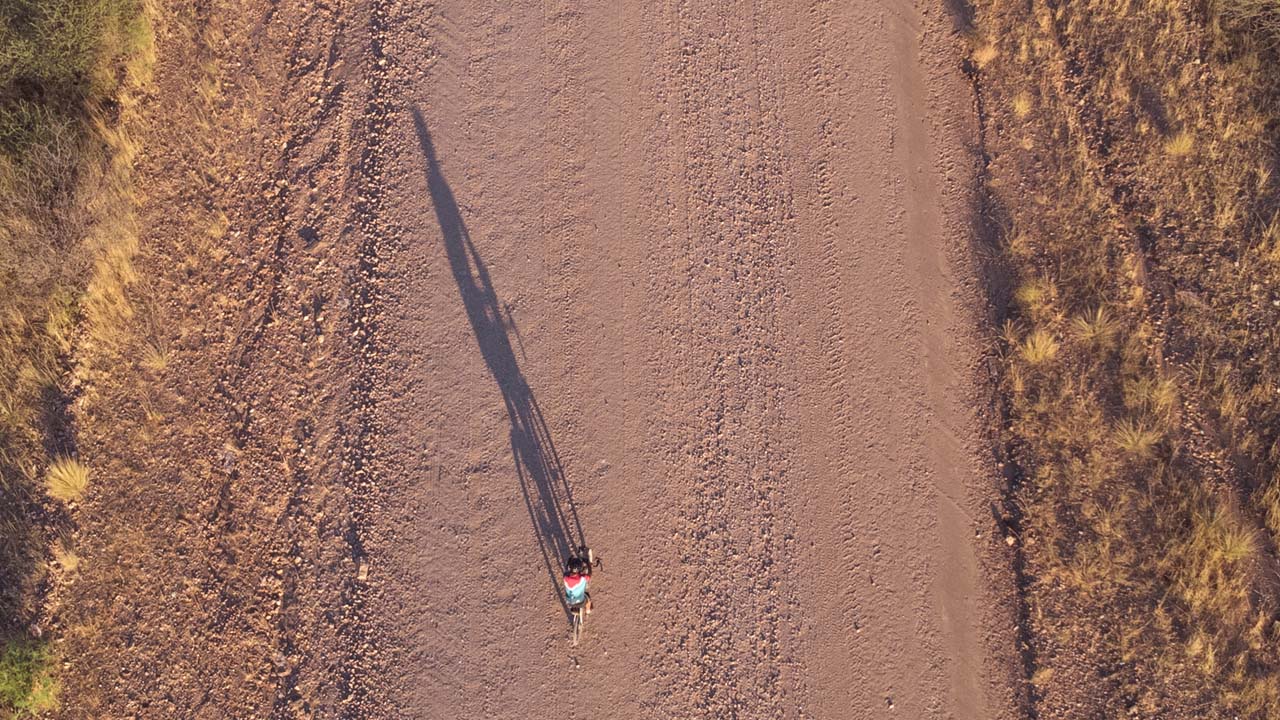
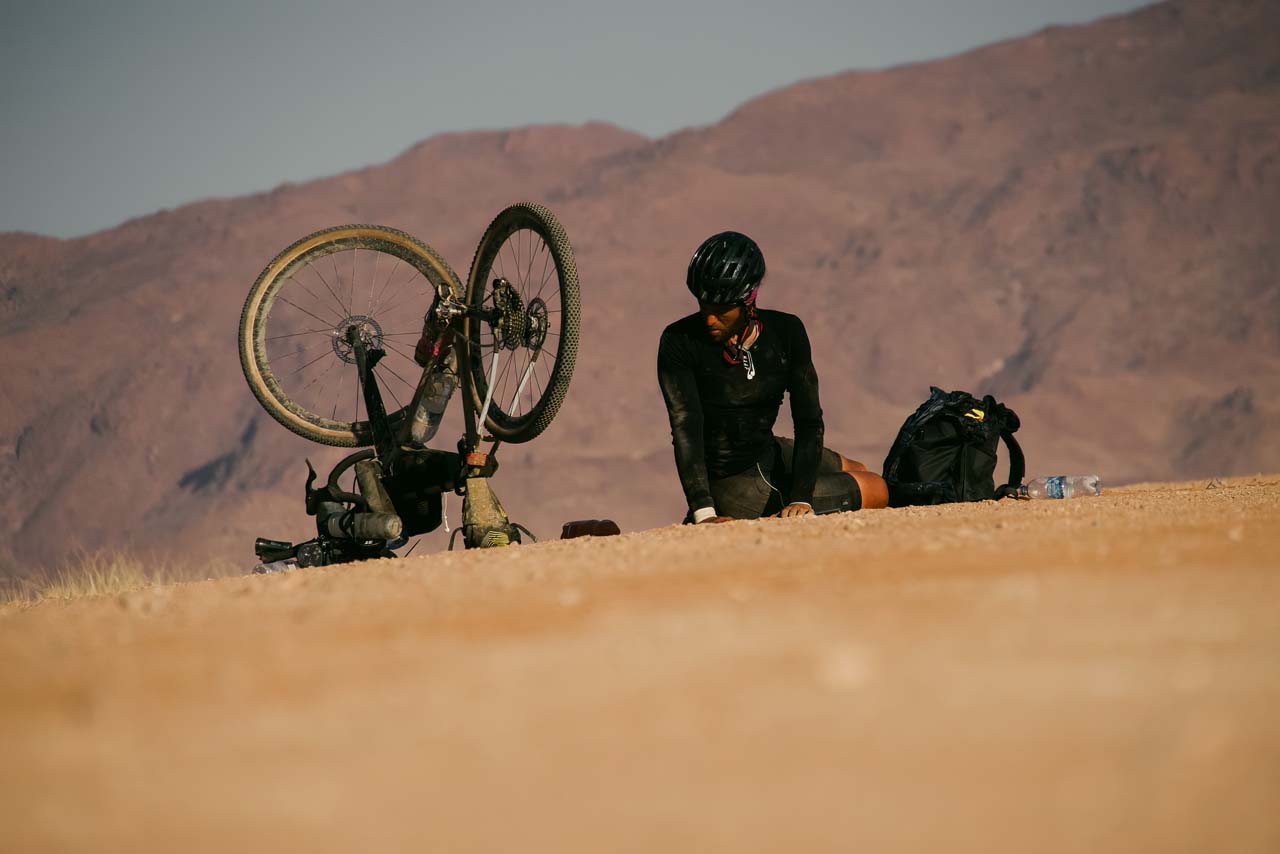
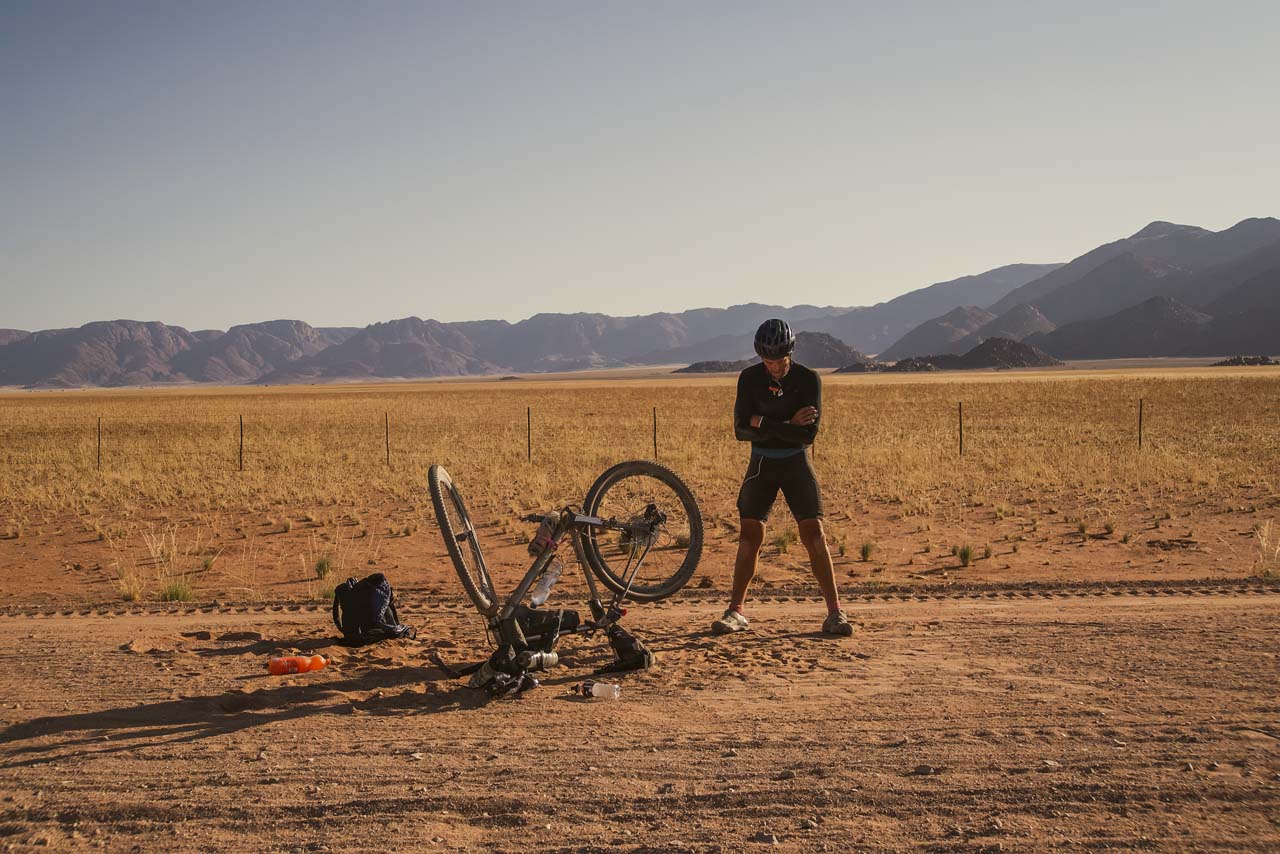
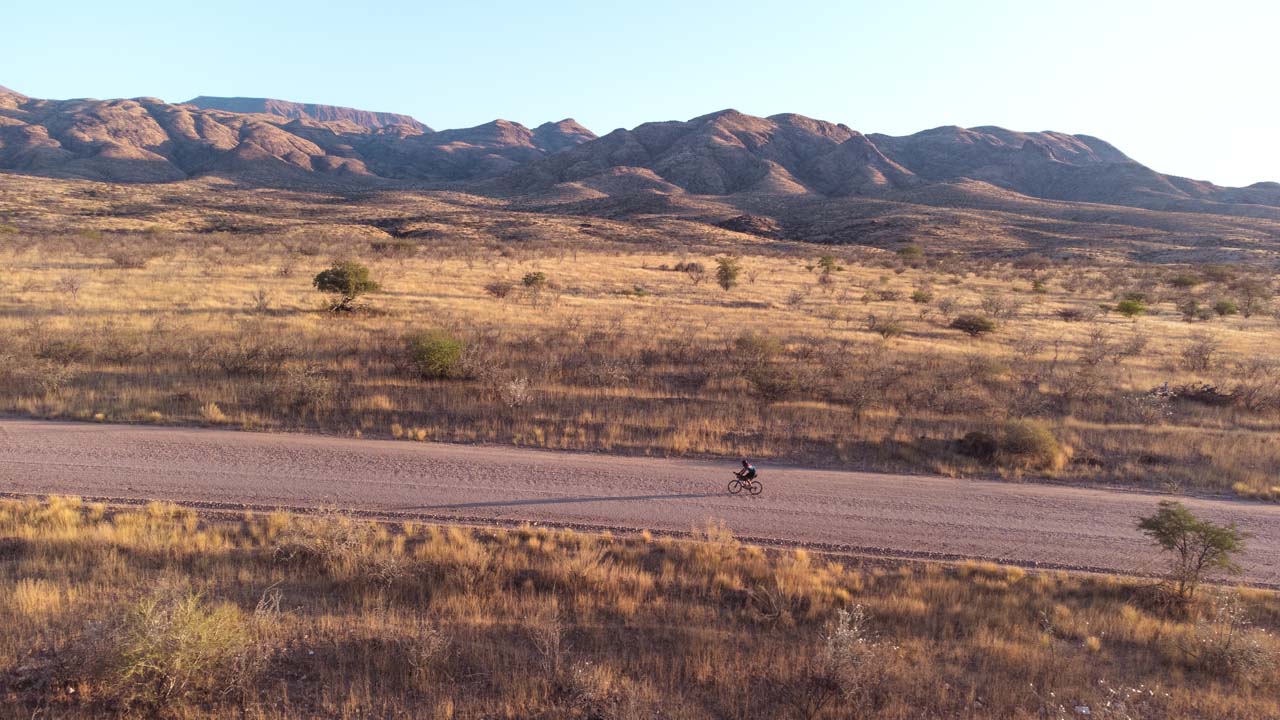
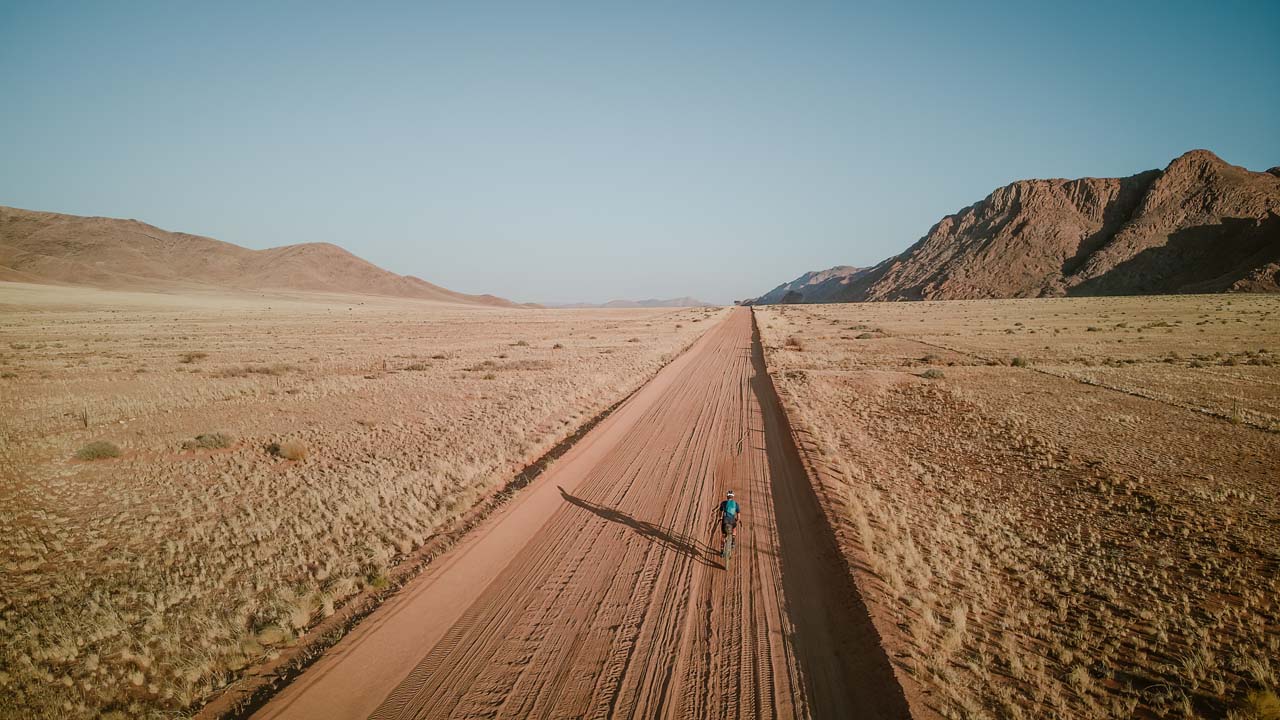
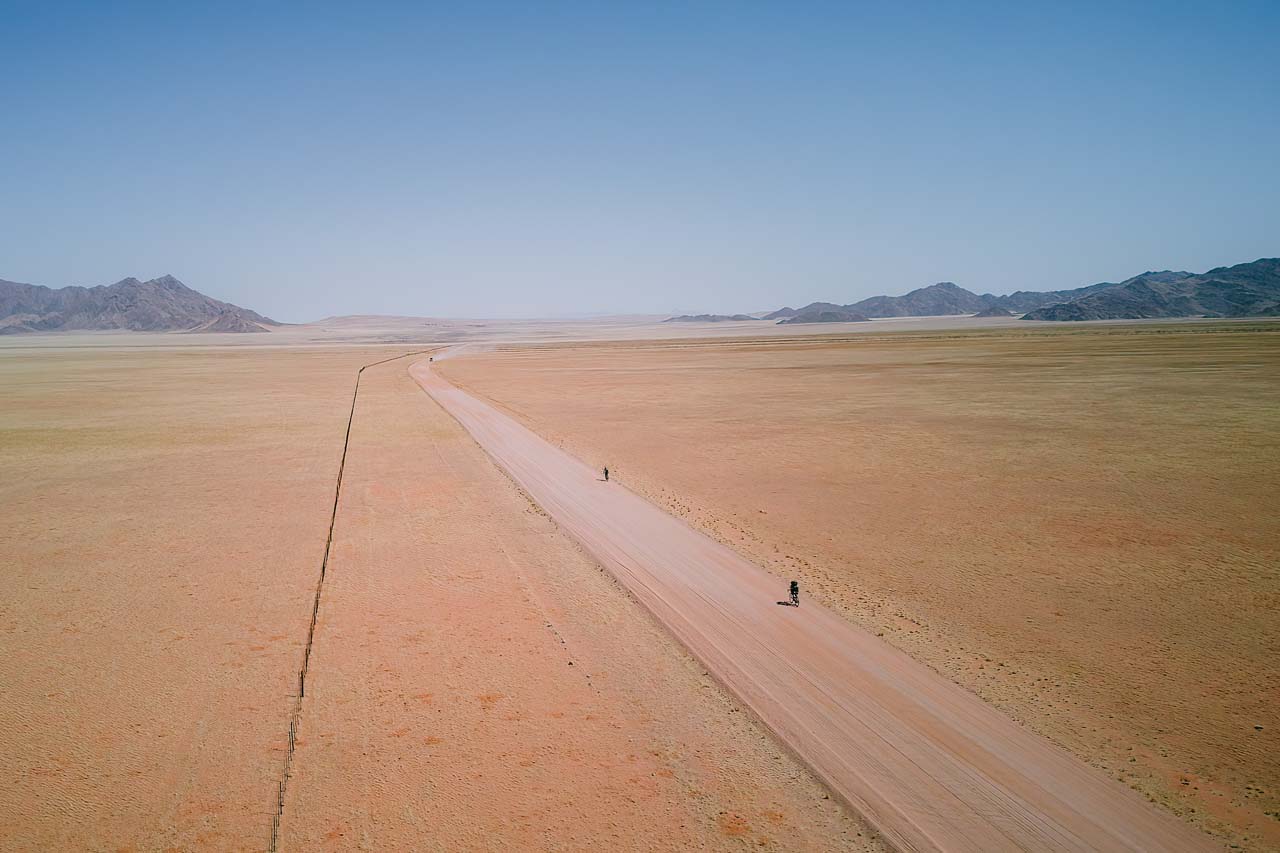
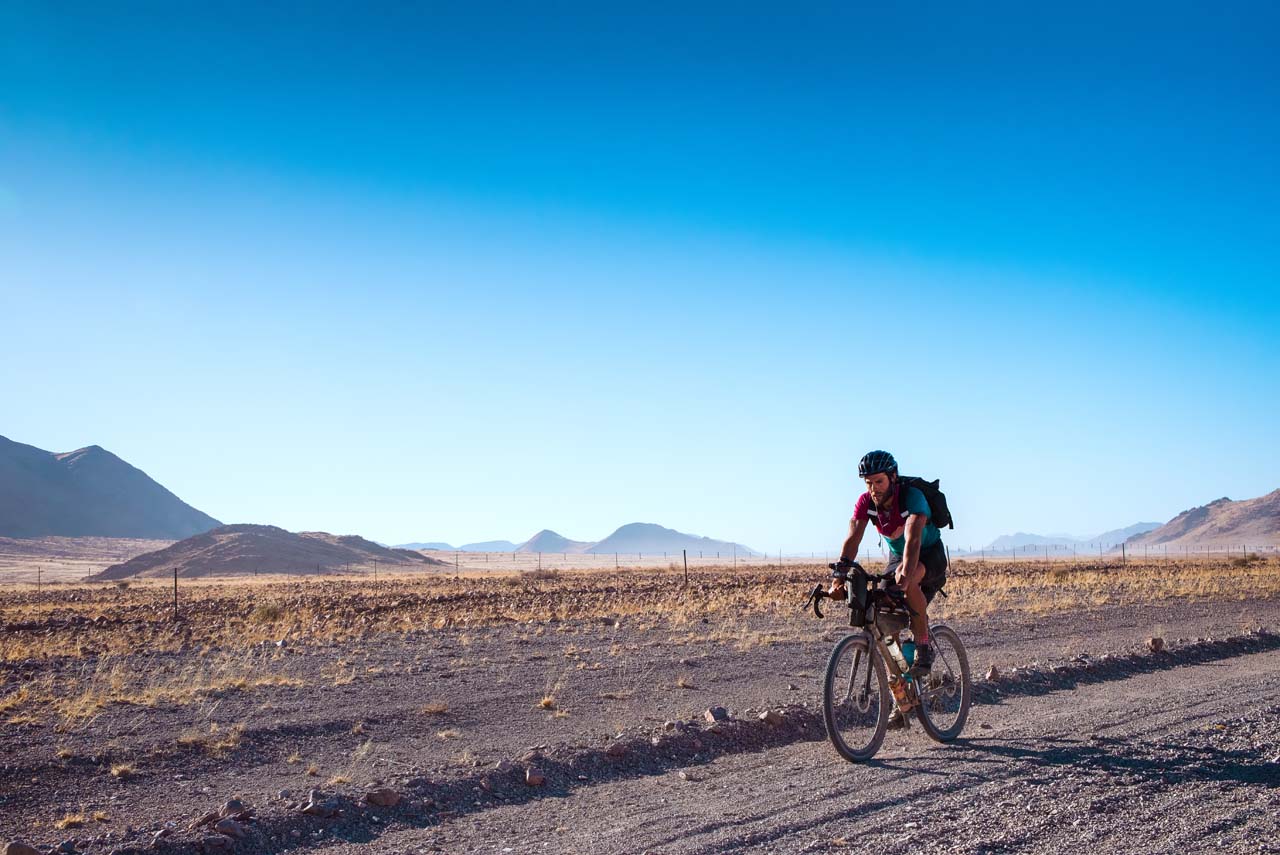
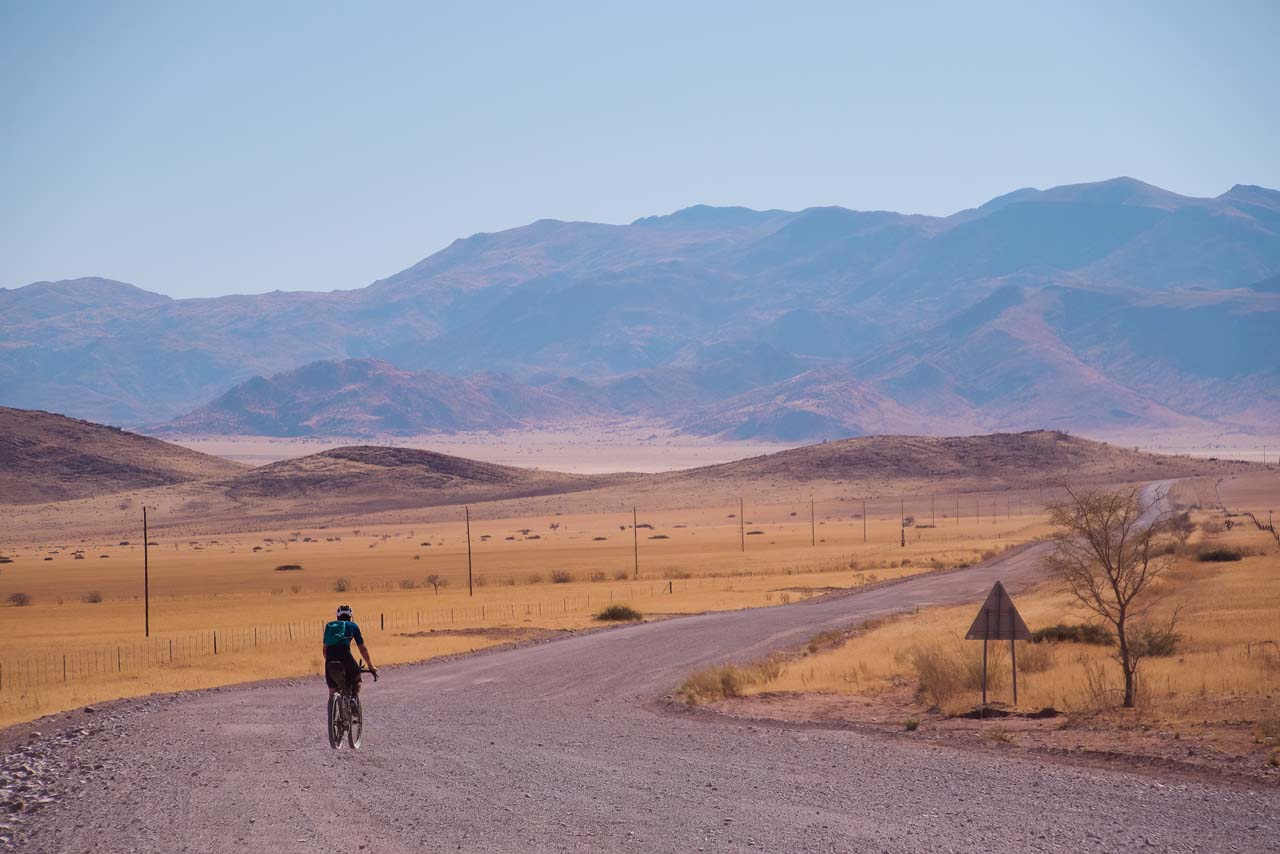

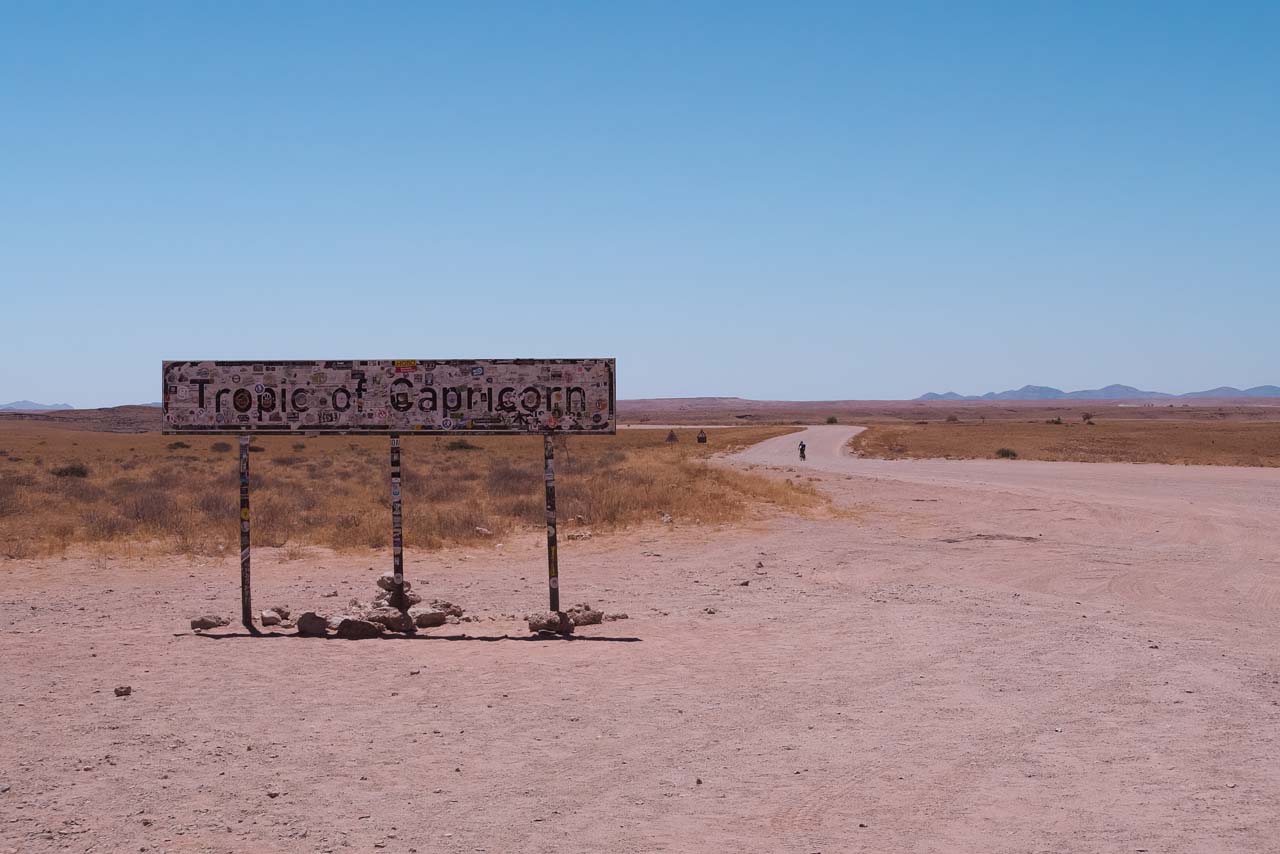
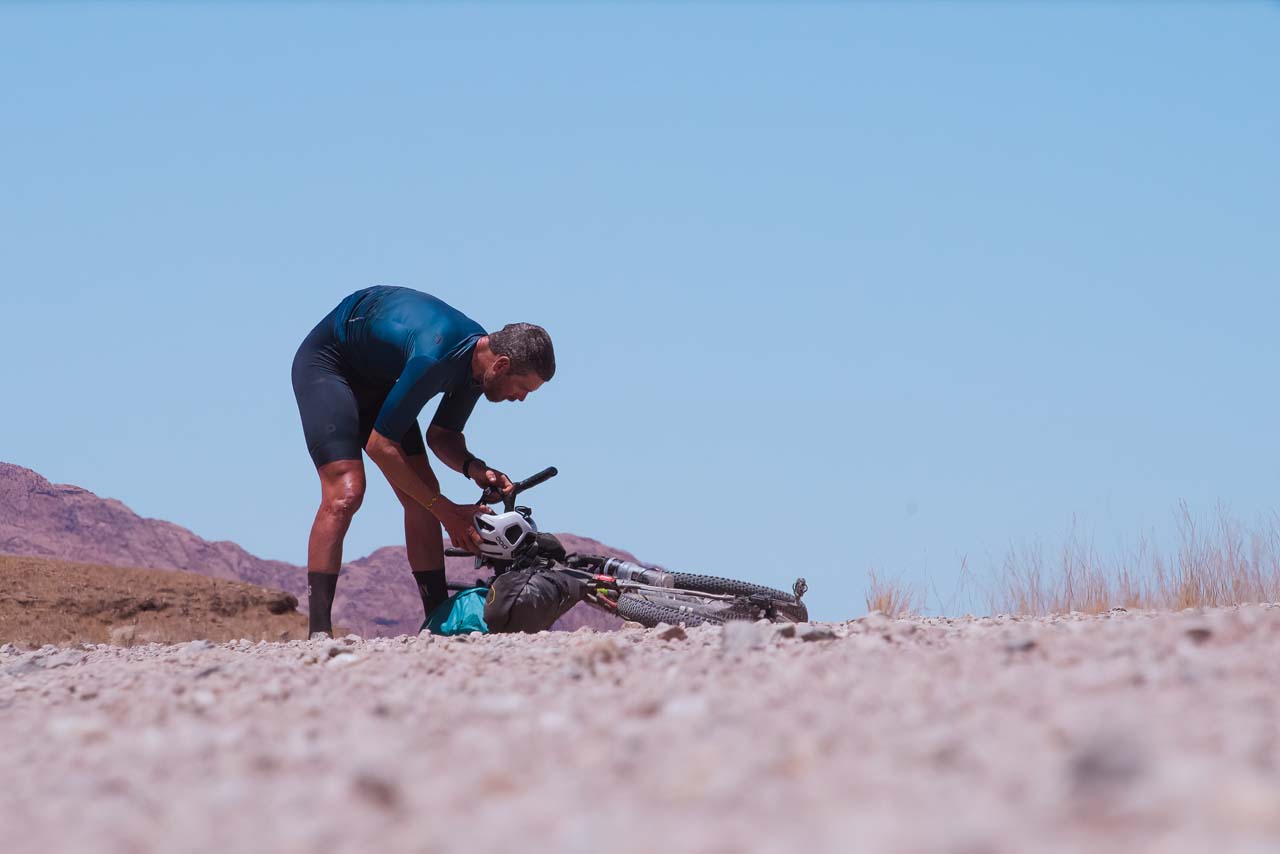
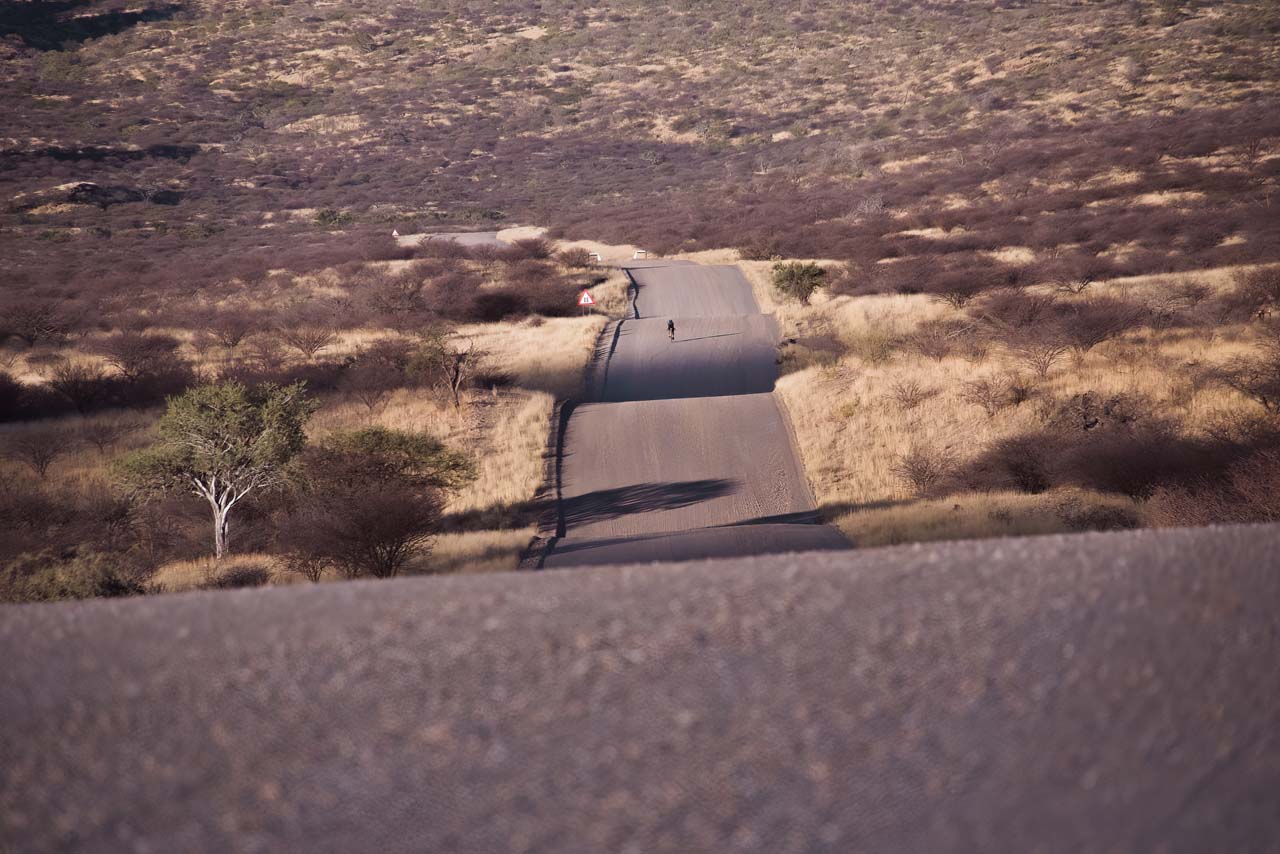

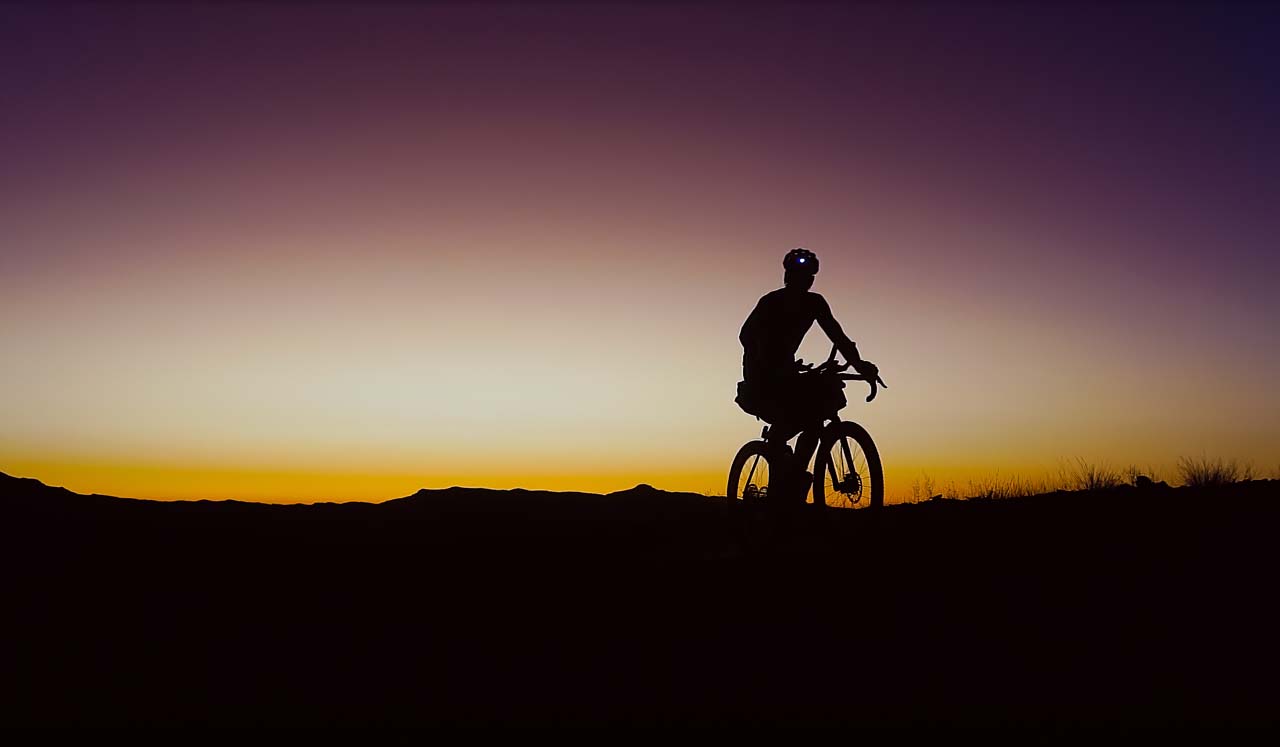
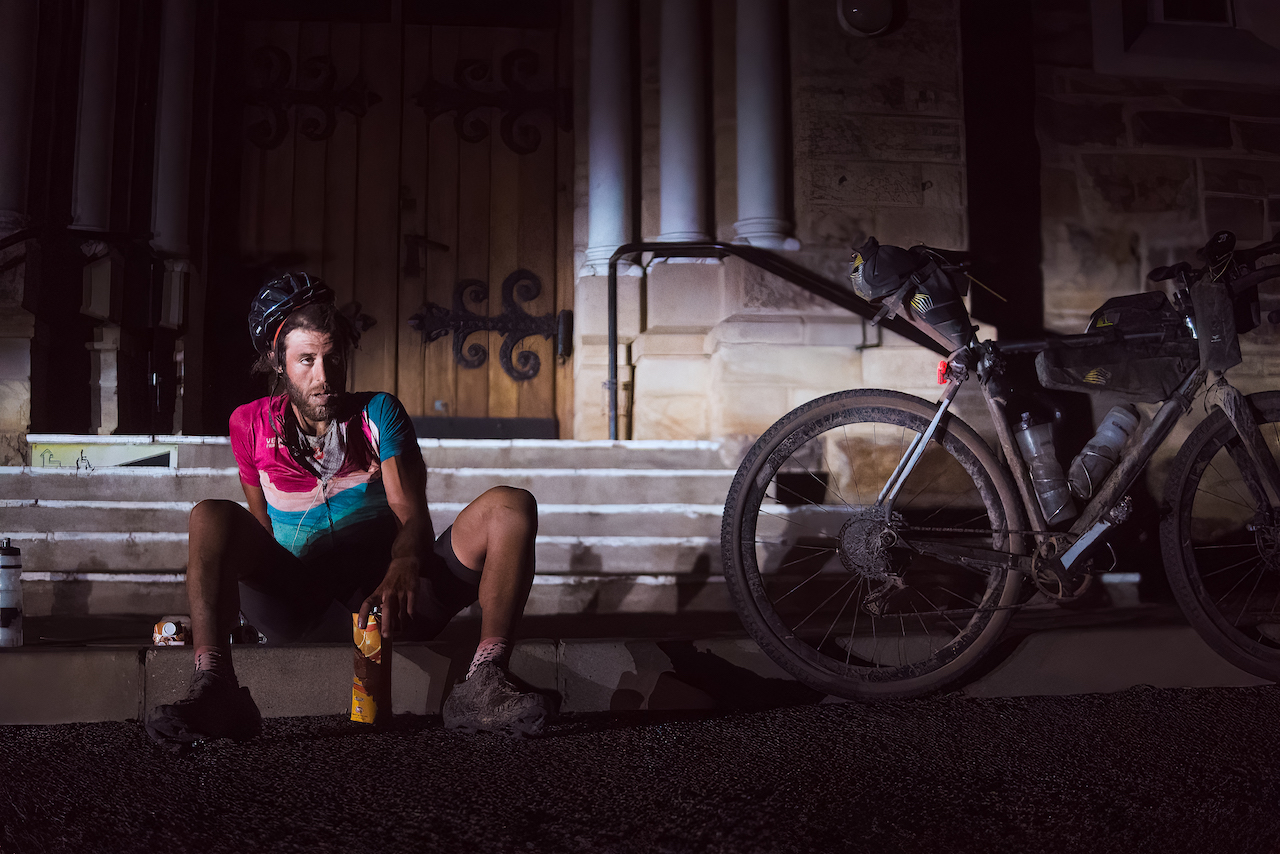

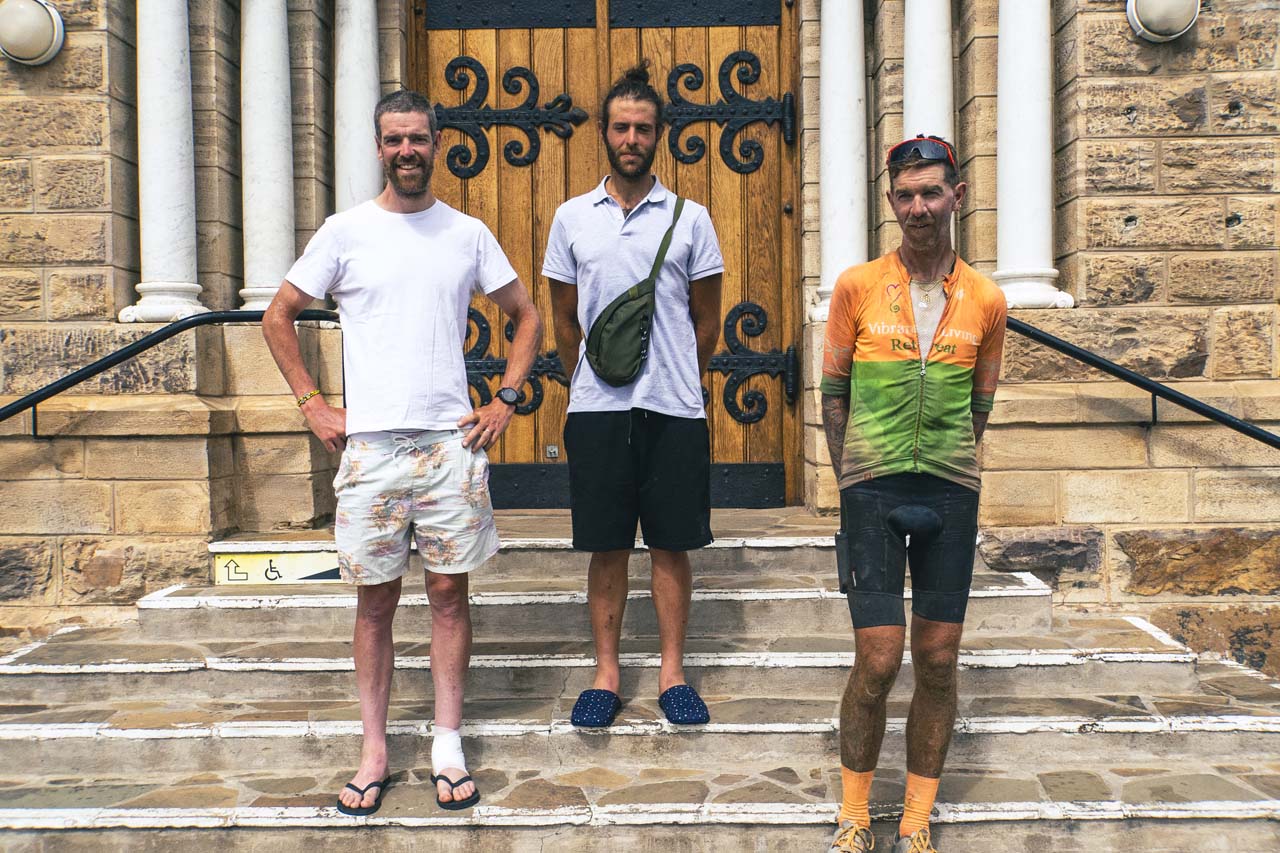
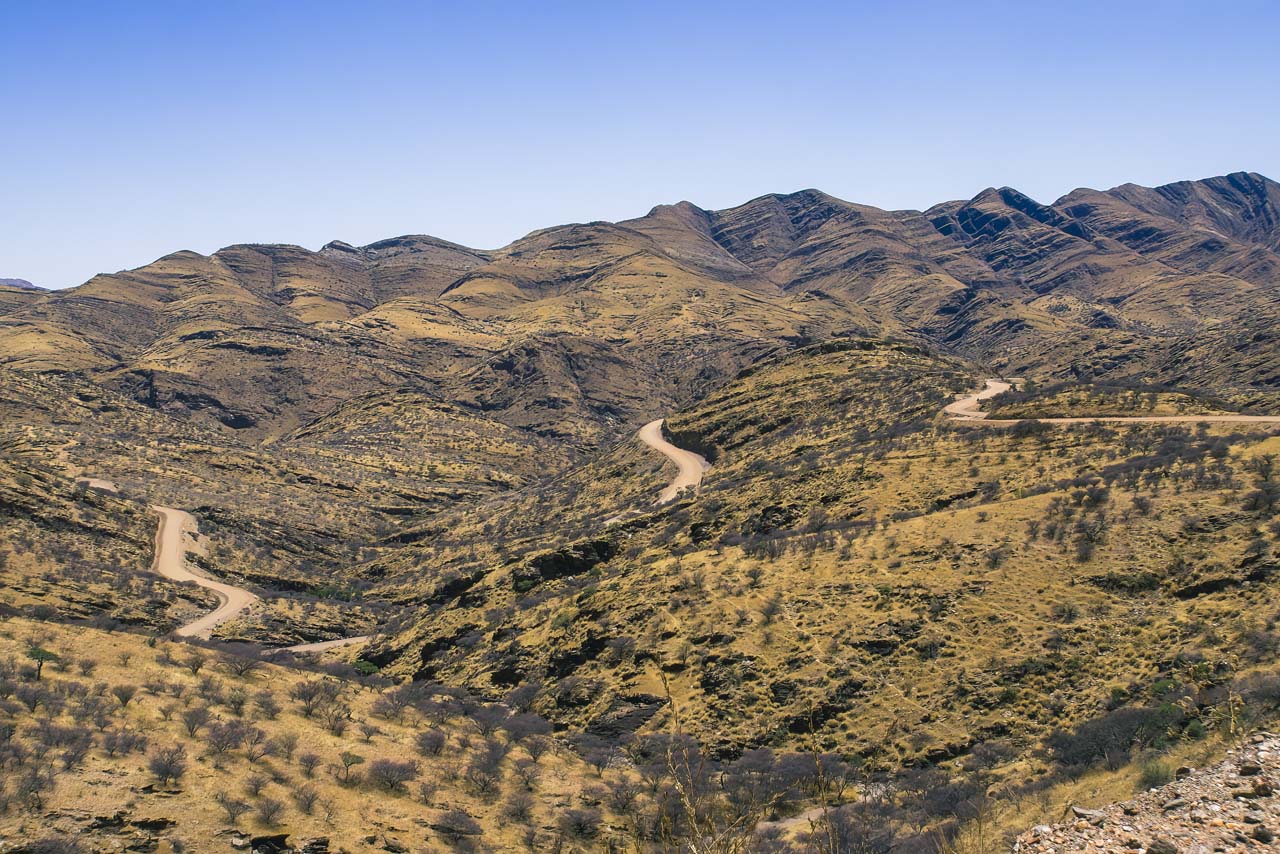
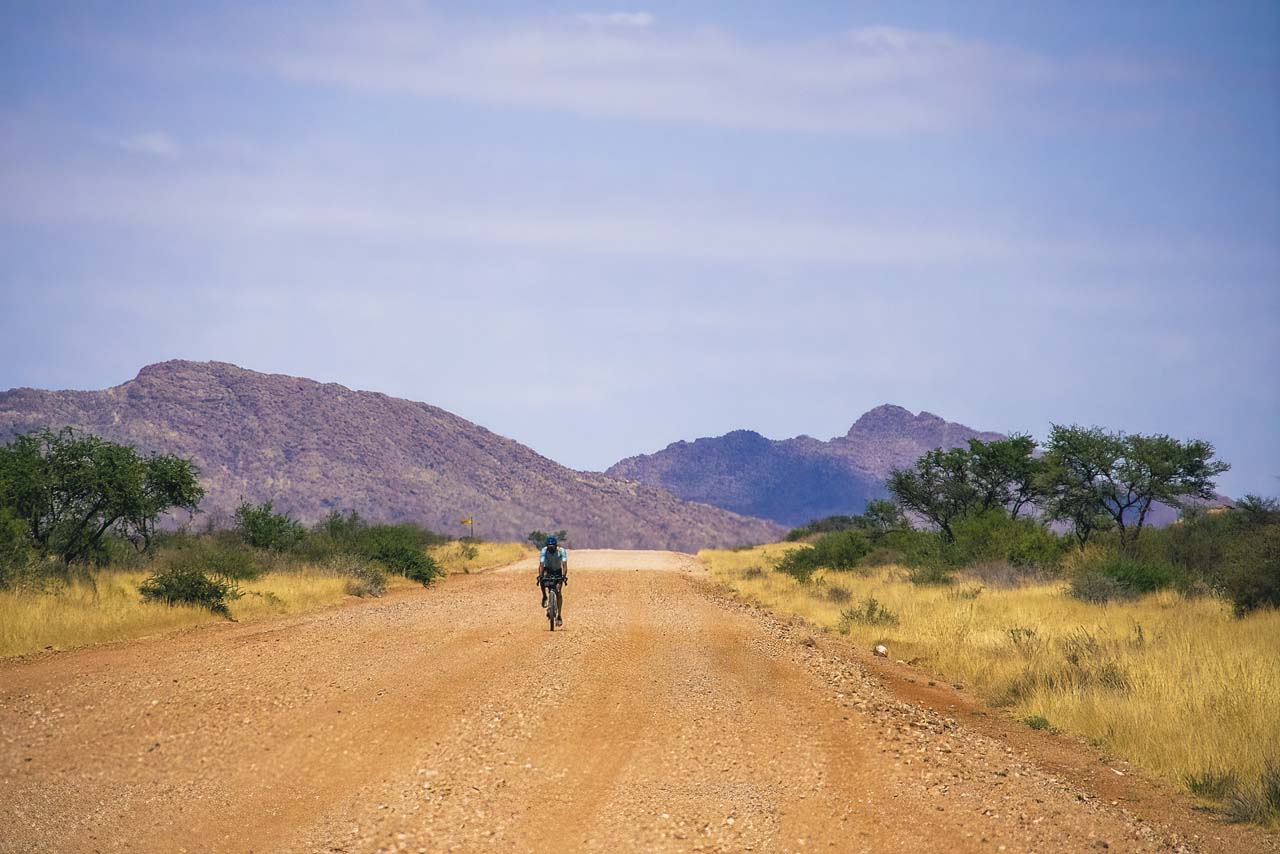
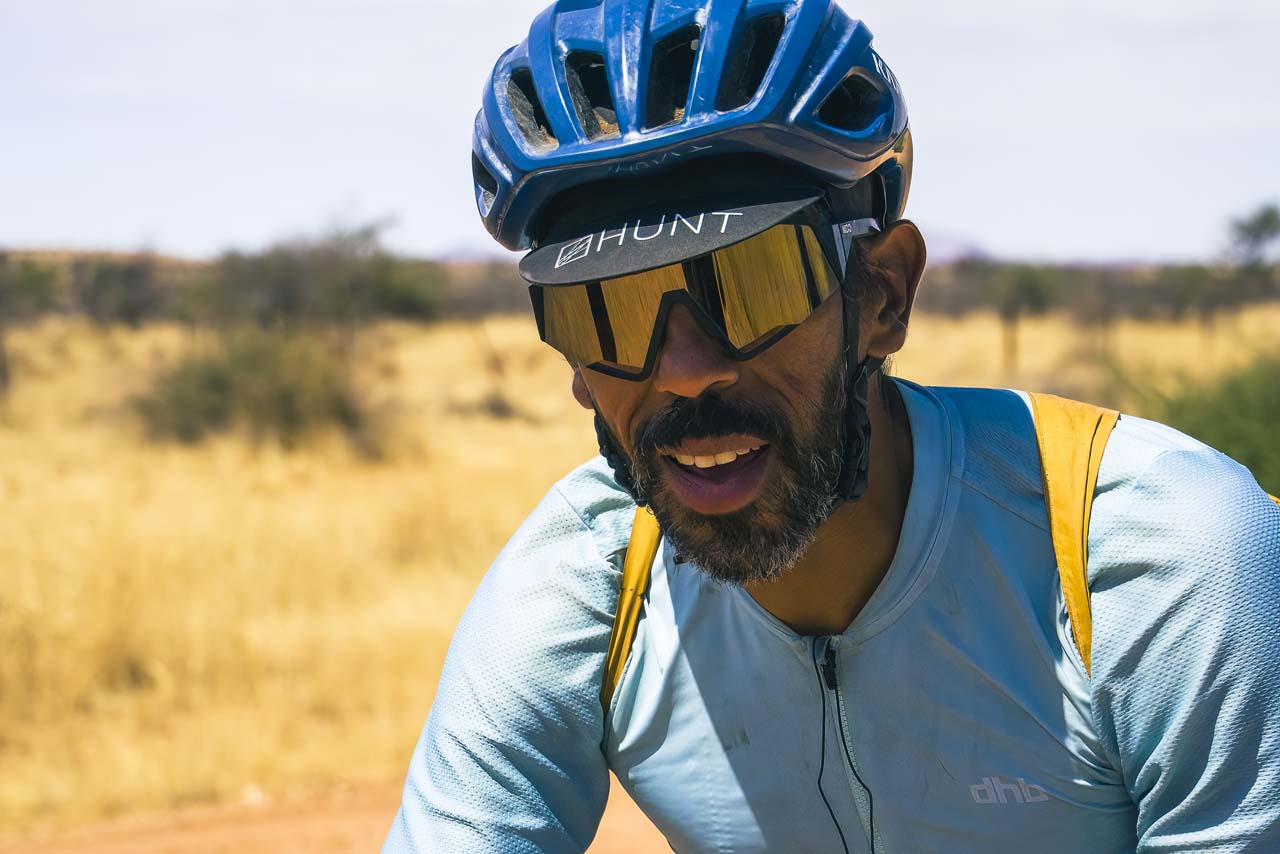
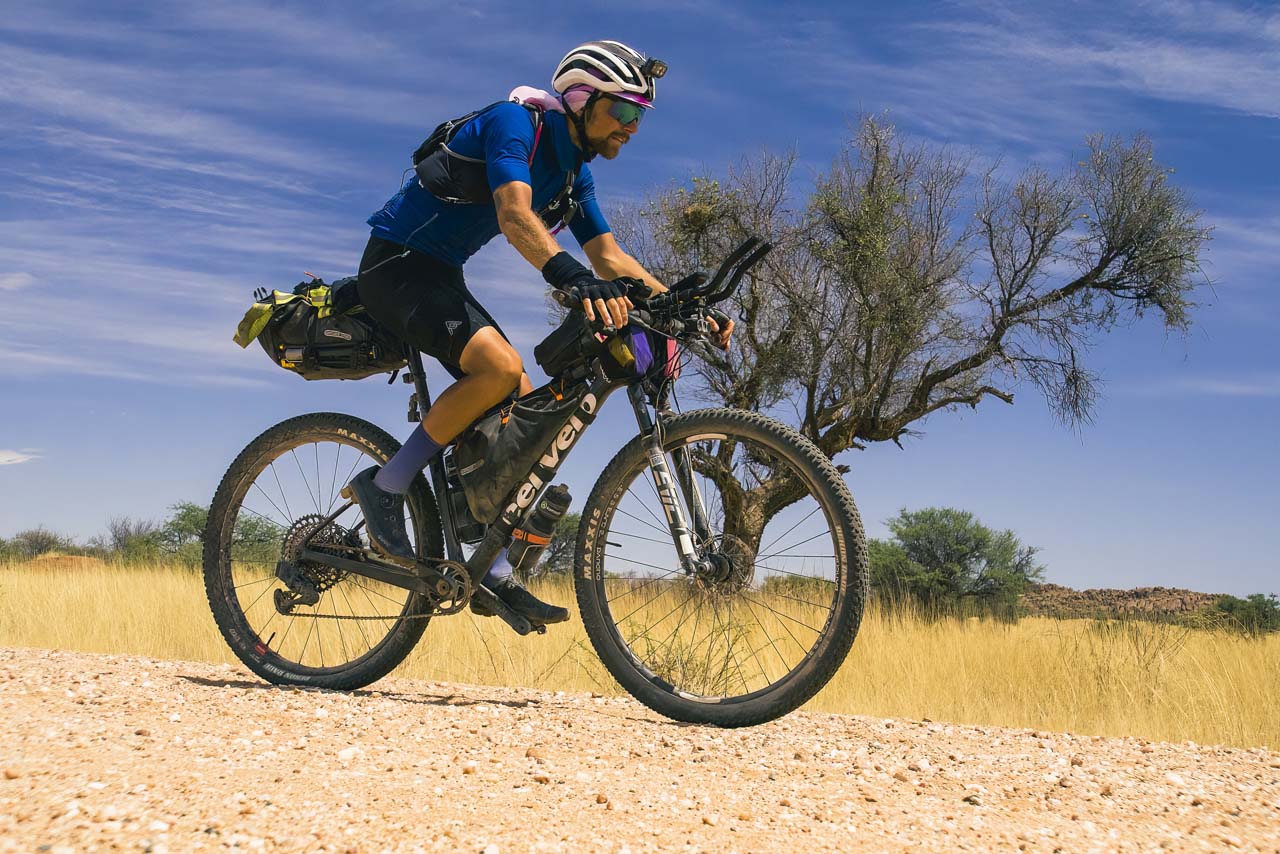
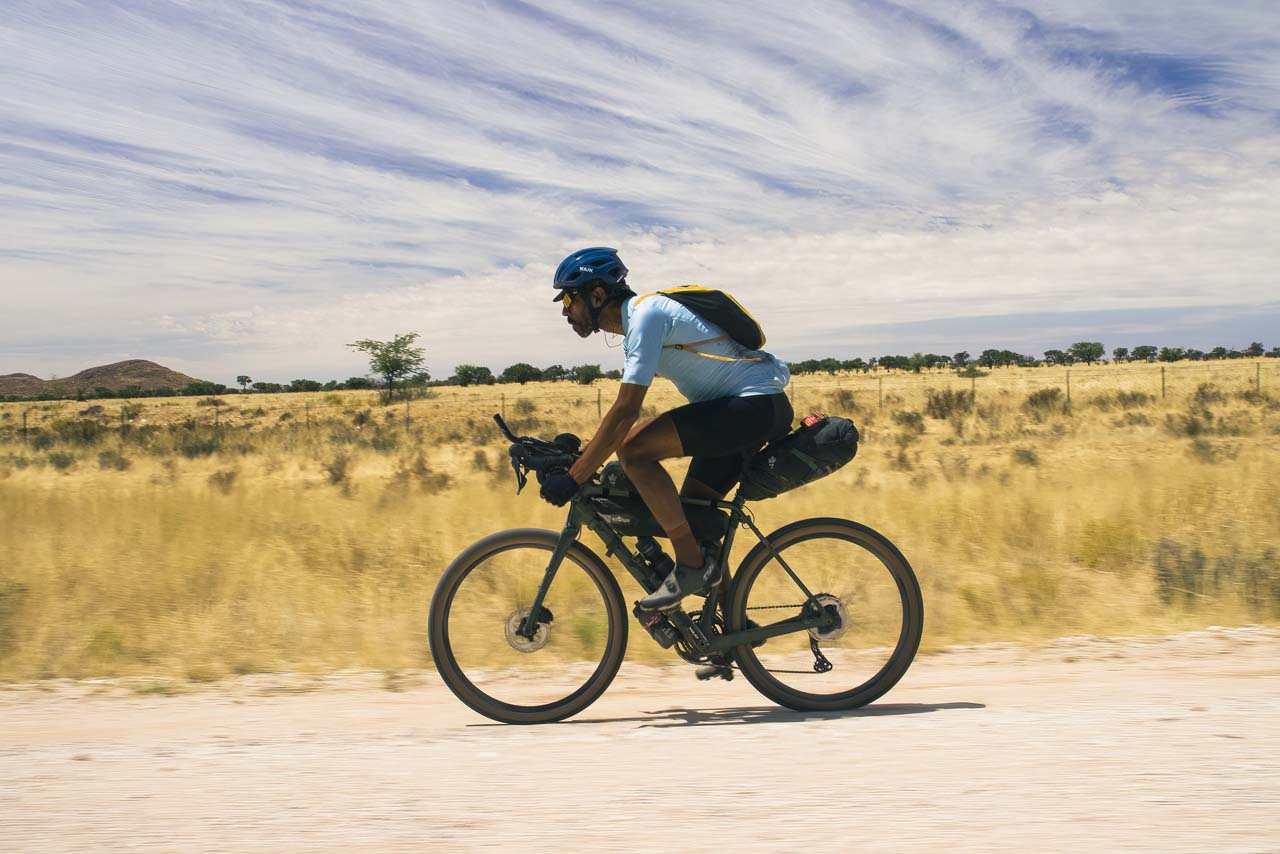
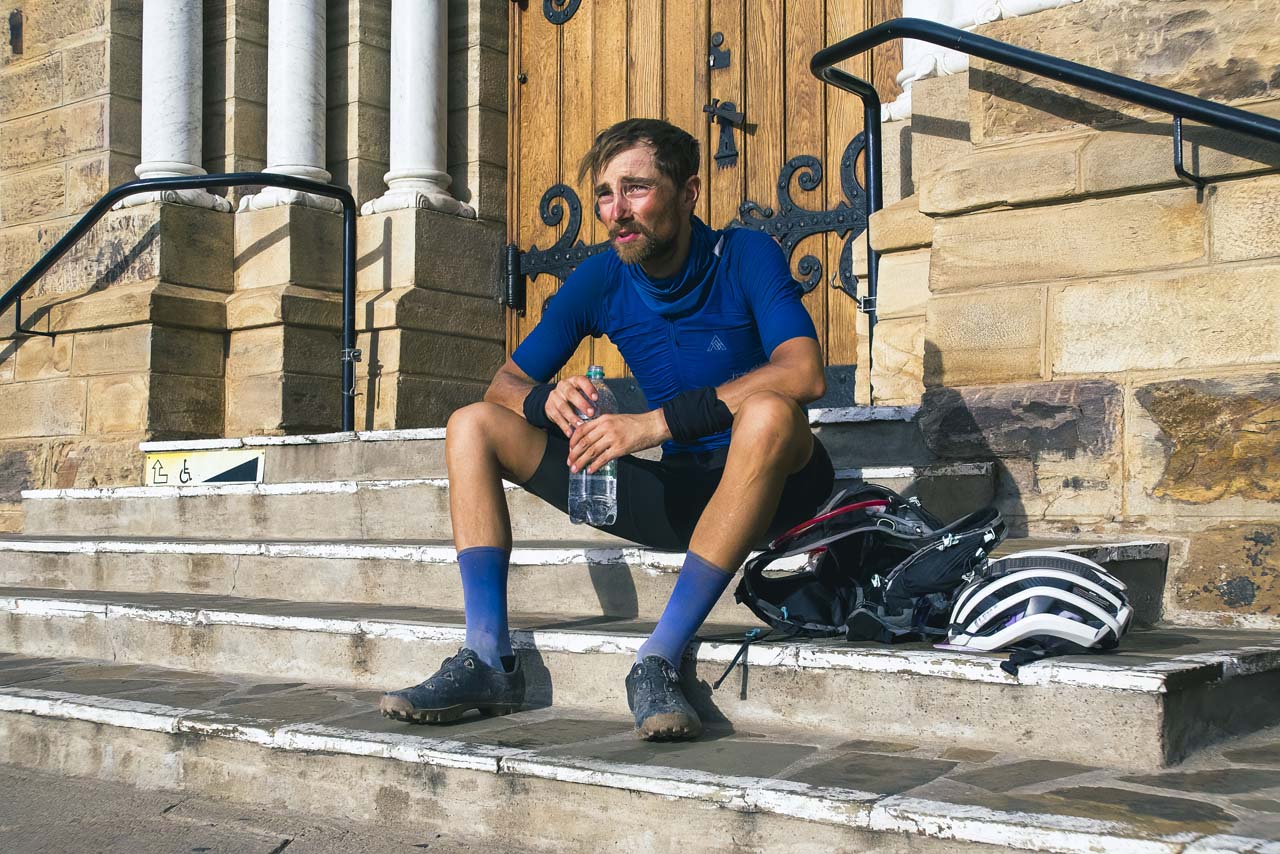
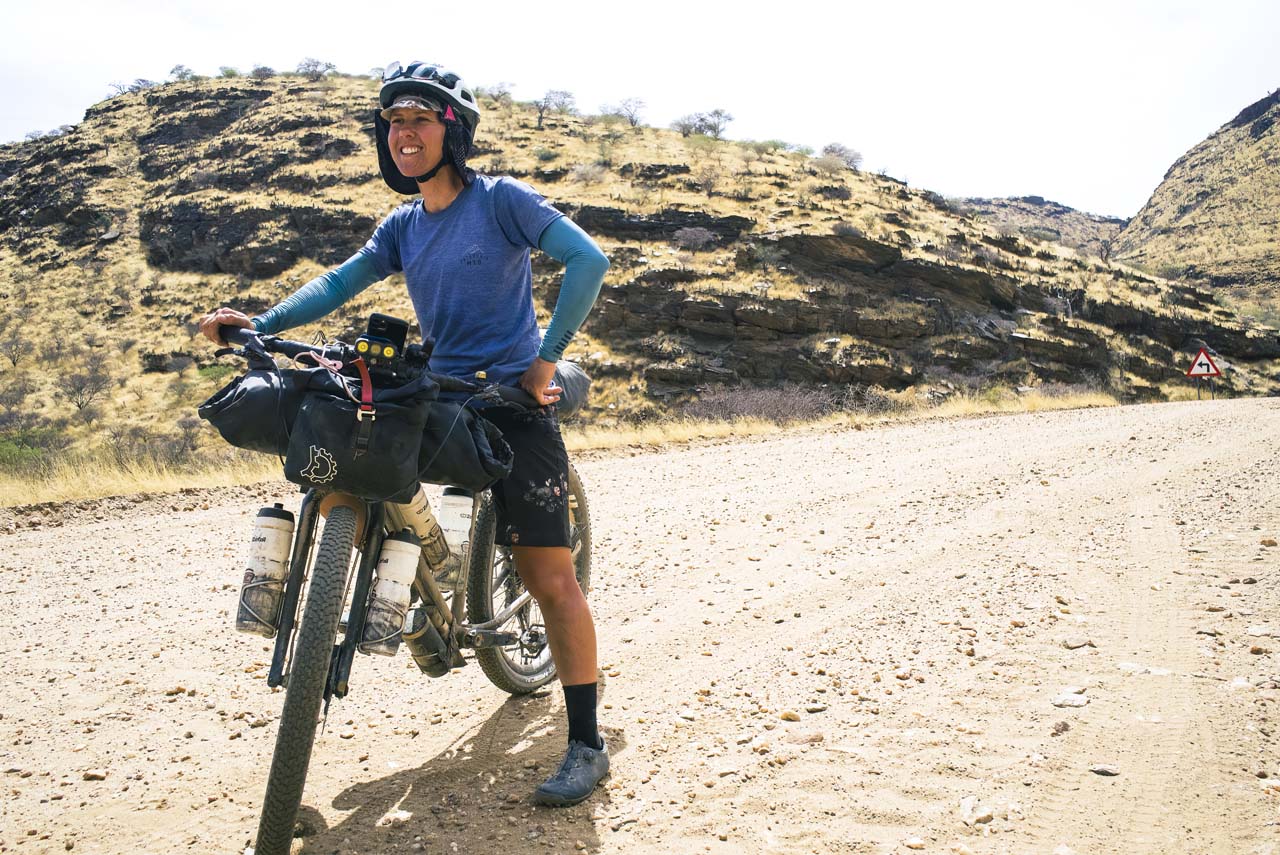
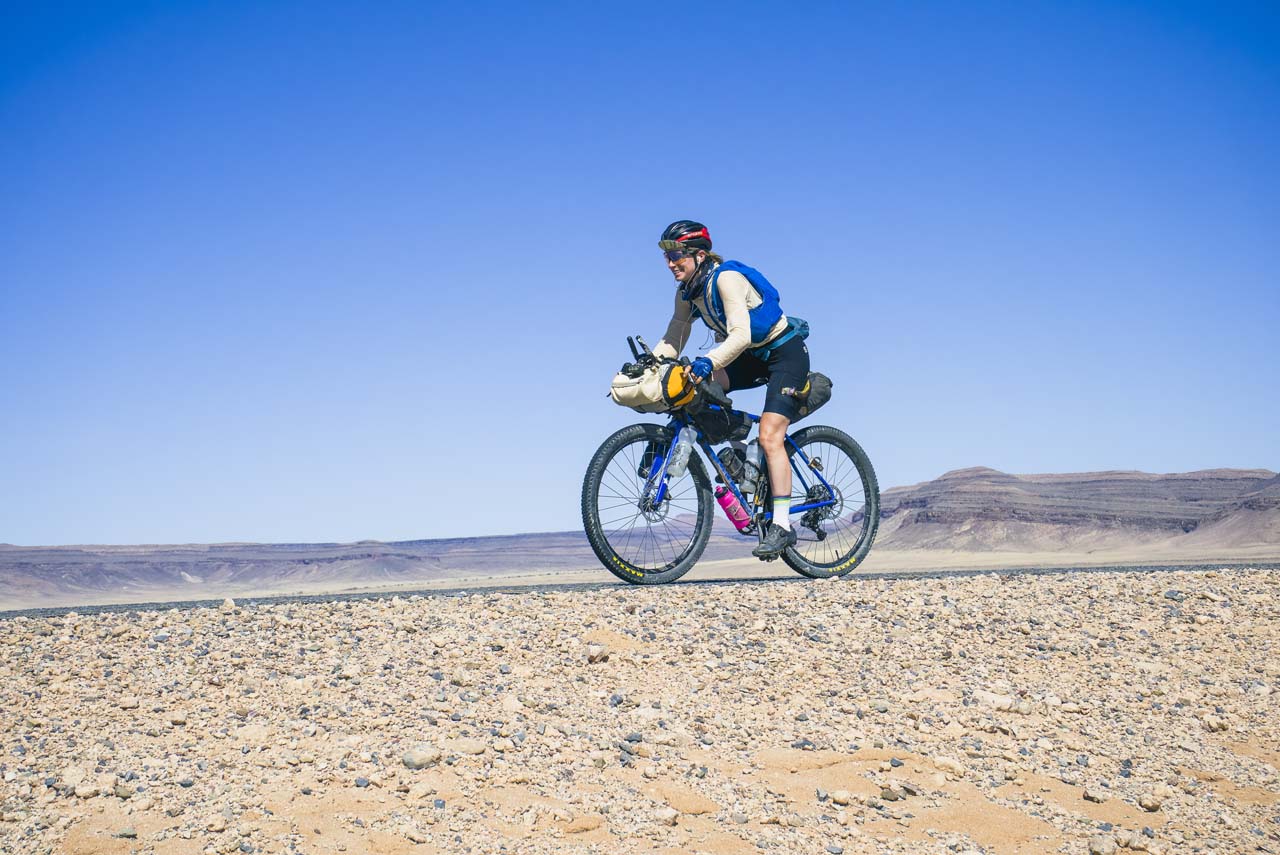
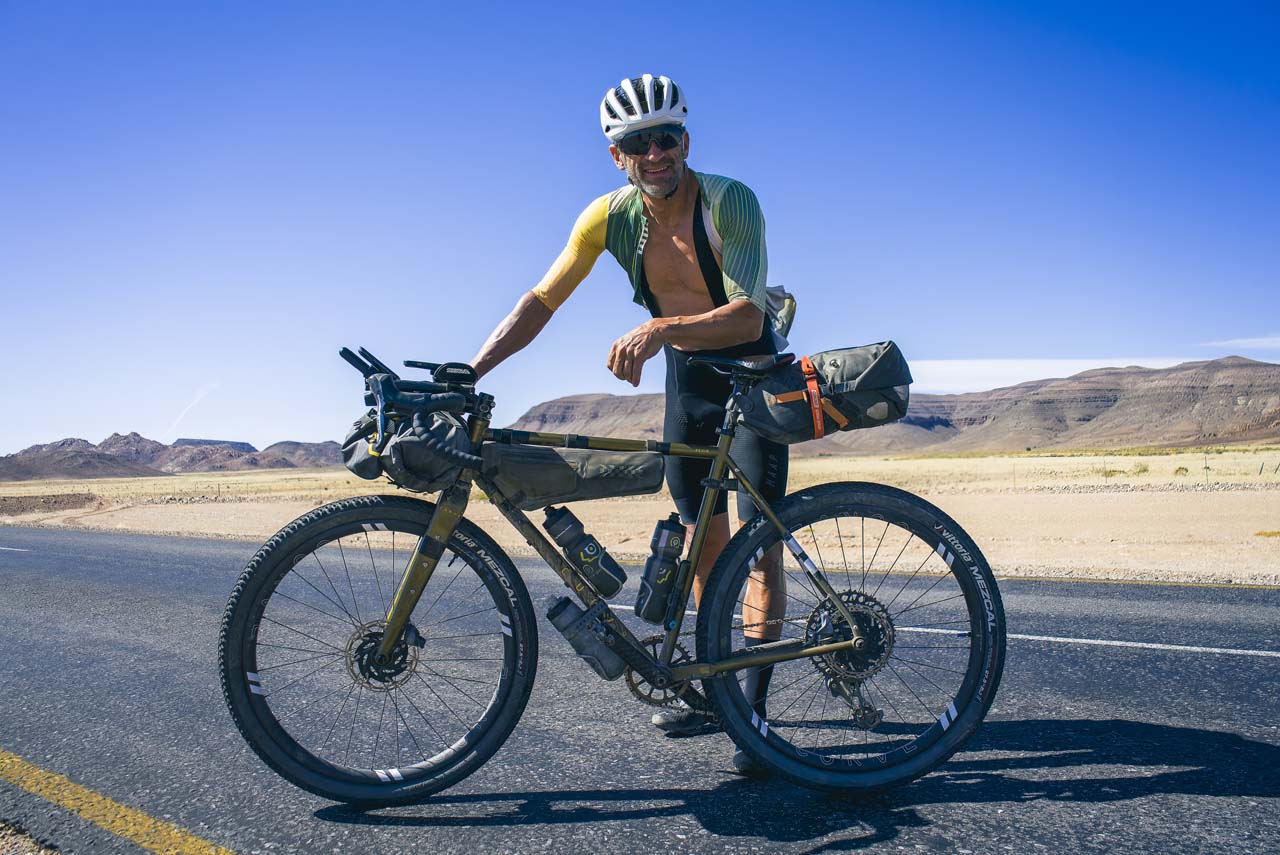
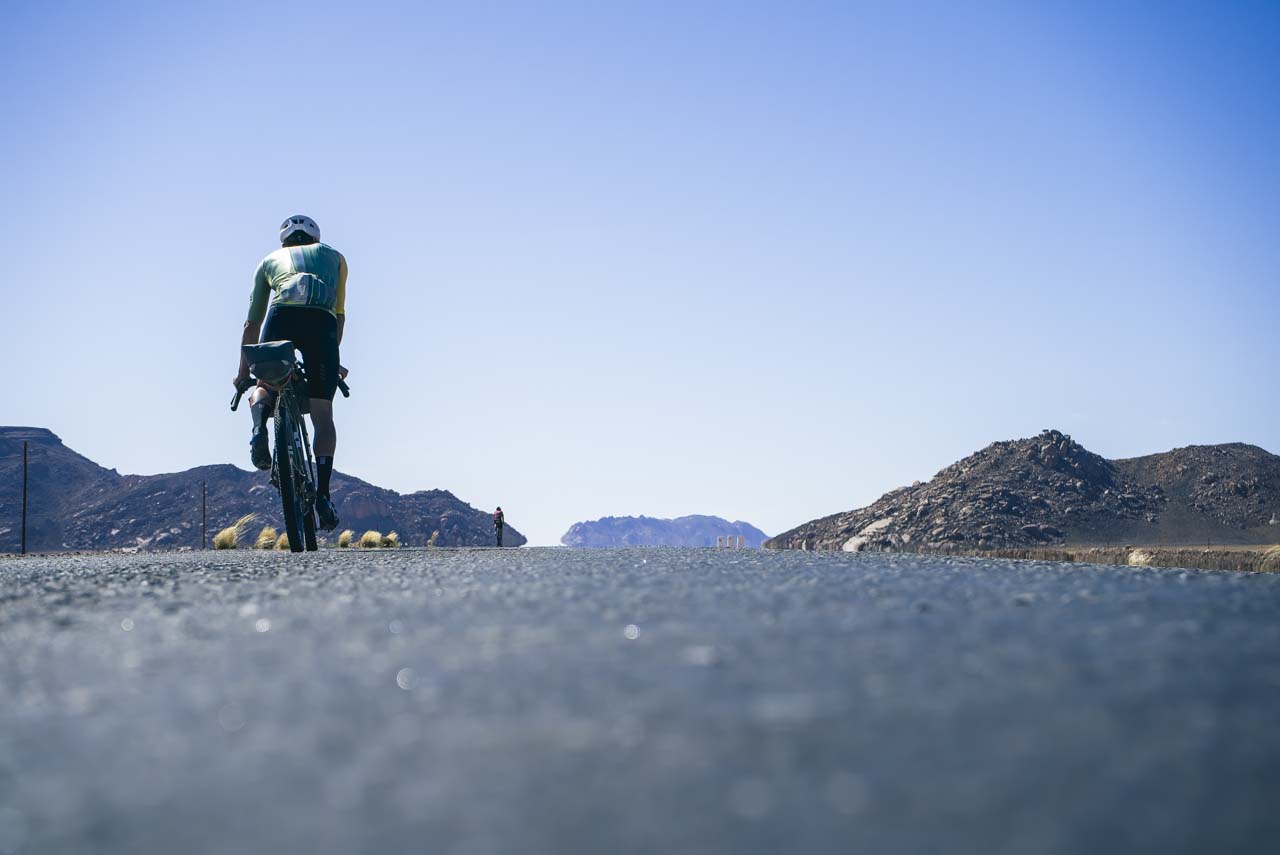
From the coastal start at South Africa’s Plettenberg Bay’s and through the Namib desert to Windhoek, there were 2,750 kilometres and more than 27,000 metres of climbing to test and stretch out the field in the first edition of the Rhino Run.
The gruelling self-supported bikepacking race was decided by a margin of less than 20 minutes, virtually a sprint in ultra-endurance terms.
Entree winner Kevin Benkenstein was in prime position within the final 200km, as his main rival Australian rider Abdullah Zeinab, was distanced by a series of unfortunate events, but then the 2019 Trans Am winner fought back to win.
But the trials of the previous days – a lost phone, three heavy crashes and then a long search in the desert sand for a crucial screw that he needed to re-attach his derailleur – served to strengthen his resolve.
“I had to go to another planet to pull that off,” said Zeinab in a post event interview on Instagram. “Who would have thought from yesterday in the desert, wasteland, when I probably had heat stroke and then today …”
It was after the sun had fallen when Zeinab pulled back the gap to Benkenstein, who was leading after the entree leg but faced an ongoing battle from then on with the rider from Melbourne.
“I had to chase for ages, I couldn’t see him … then I turned around a corner and I could see his light and for about half an hour there I kept on trying to catch his light,” said Zeinab of the chase which was unfolding on the night of day seven.
The latest race content, interviews, features, reviews and expert buying guides, direct to your inbox!
“And eventually I caught the light.”
After that Zeinab delivered a surge that Benkenstein couldn’t respond to, going on to reach the Windhoek finishing point of the self-supported bikepacking challenge 17 minutes ahead of Benkenstein.
Zeinab covered the 2,750km in seven days, twenty hours and four minutes.
Steve Halligan was the third rider to finish, with Max Riese fourth. This year’s Tour Divide and Silk Road Mountain race winner, Sofiane Sehili, who had come into the race with a more relaxed approach at the end of a long year, came fifth. Rounding out the top ten was Jimmy Ashby, Bagoly Levente, April Drage, who was the top female finisher, Guy Jennings and Peter Maritz.
While Ugandan rider Florence Nakaggwa arrived at the finish before Drage she had already self disqualified after having received vehicle support to get to a nearby town to repair a mechanical, after which she did not return to the point at which she left the course.
“Problematic” data also later emerged for her and fellow Ugandan riders Kato Paul and Wasswa Peter, who had pulled the pin before the finish after grappling with sickness but disclosed that they had deviated from the course earlier. All three had their positions on Team Amani – a squad that aims to close the gap to the professional ranks for young East African cyclists – withdrawn.
“Based on all information available it would appear that all three riders showed they were capable and have performed admirably in a very harsh environment albeit made some poor decisions that were unnecessary,” said a statement on the Masaka Cycling Club instagram – an amateur club that is part of the the Team Amani initiative. The club said lessons had been learnt from the experience and added that: “We hope you can continue to join us in the fight for greater gender and race equality in our beautiful sport of cycling.”
Many riders didn’t make it to the end, with the sheer degree of difficulty of the course that ranged from long hot desert roads to foggy and brutal rocky climbs, taking a toll. Some also had illness to contend with. Others, however battled on as the days on the road turned into weeks.
The race for the first to finish may have concluded in the early hours of October 29 but the journey continued through this week for some, with 17 of the 30 riders that entered having made it to Windhoek by the time of writing. One tracker was still out on the road in an event where follows are called dot watchers given rider progress is measured by a series of tracking dots moving along a map.
This time however, the racing has also been brought to life by the event media team with an extensive array of photos, which you can scroll through in the photo gallery at the top of the page.

Simone is a degree-qualified journalist that has accumulated decades of wide-ranging experience while working across a variety of leading media organisations. She joined Cyclingnews as a Production Editor at the start of the 2021 season and has now moved into the role of Australia Editor. Previously she worked as a freelance writer, Australian Editor at Ella CyclingTips and as a correspondent for Reuters and Bloomberg. Cycling was initially purely a leisure pursuit for Simone, who started out as a business journalist, but in 2015 her career focus also shifted to the sport.